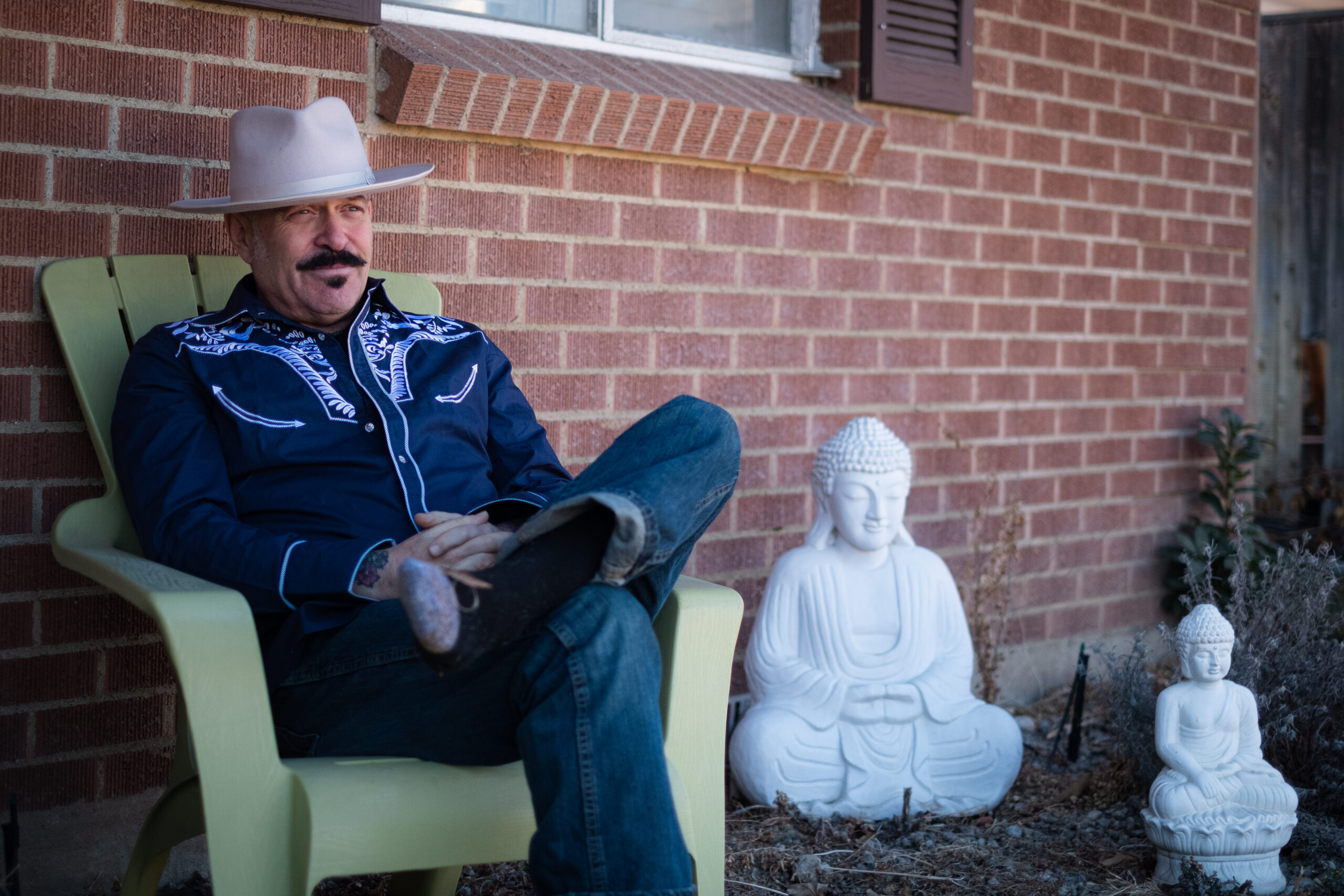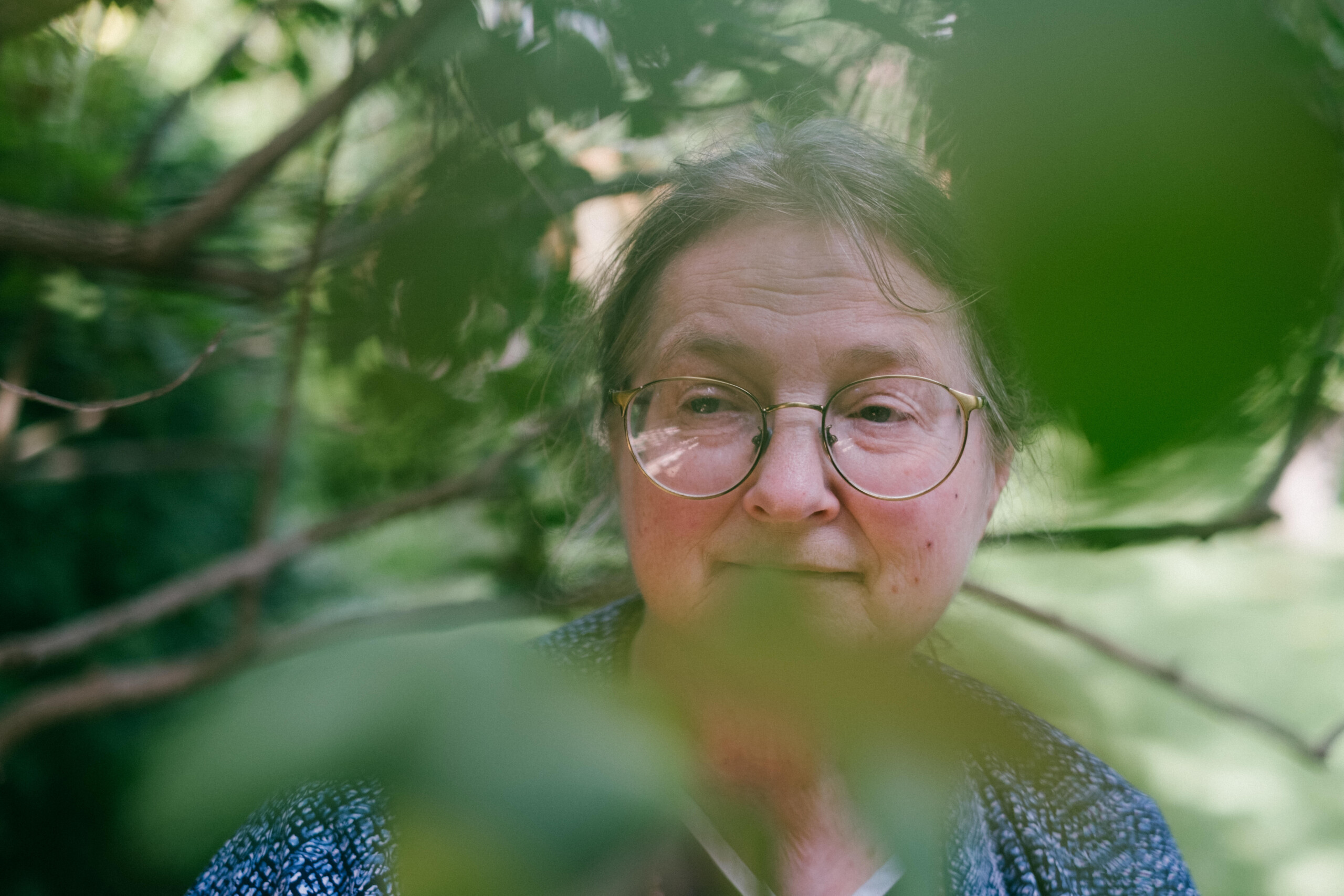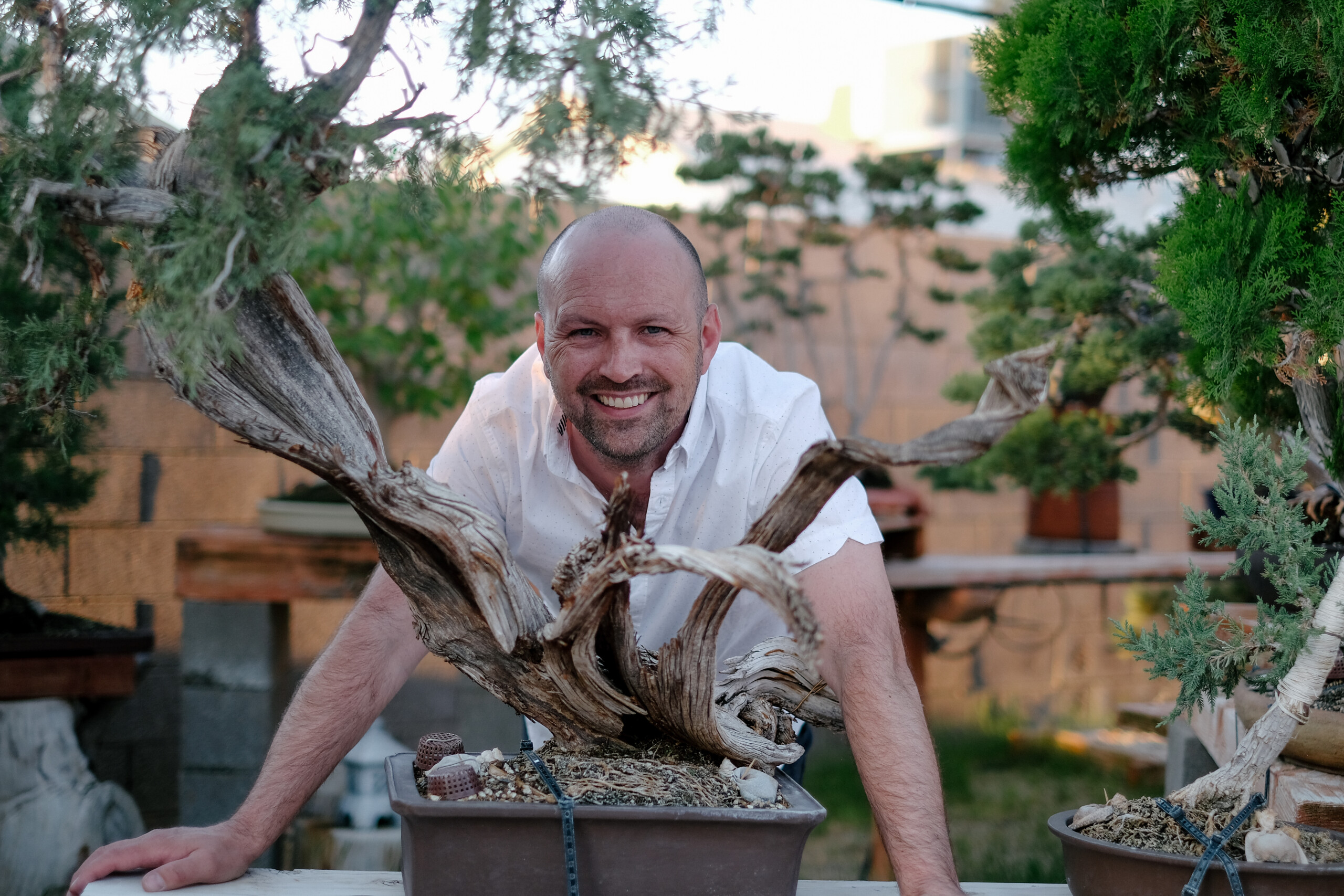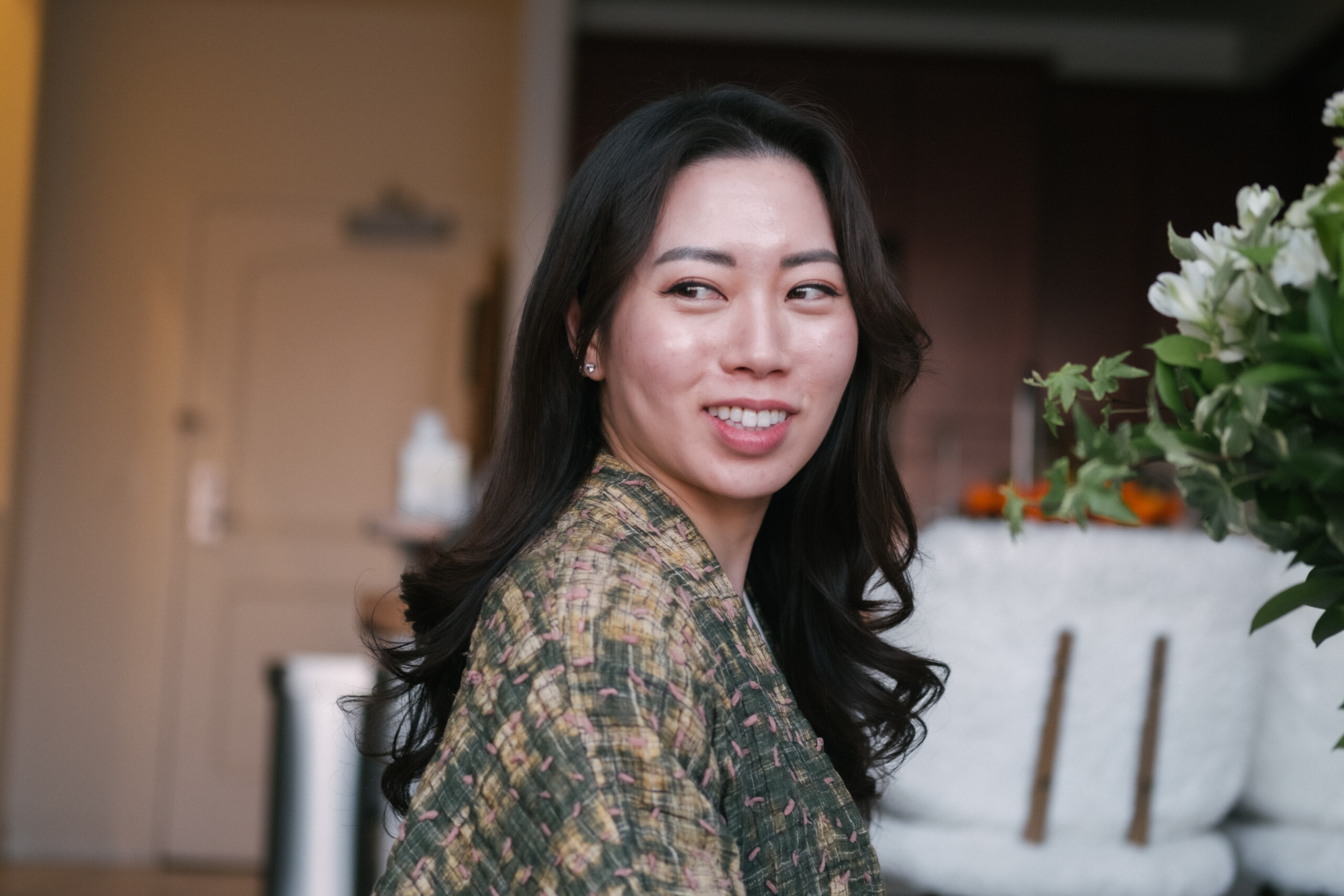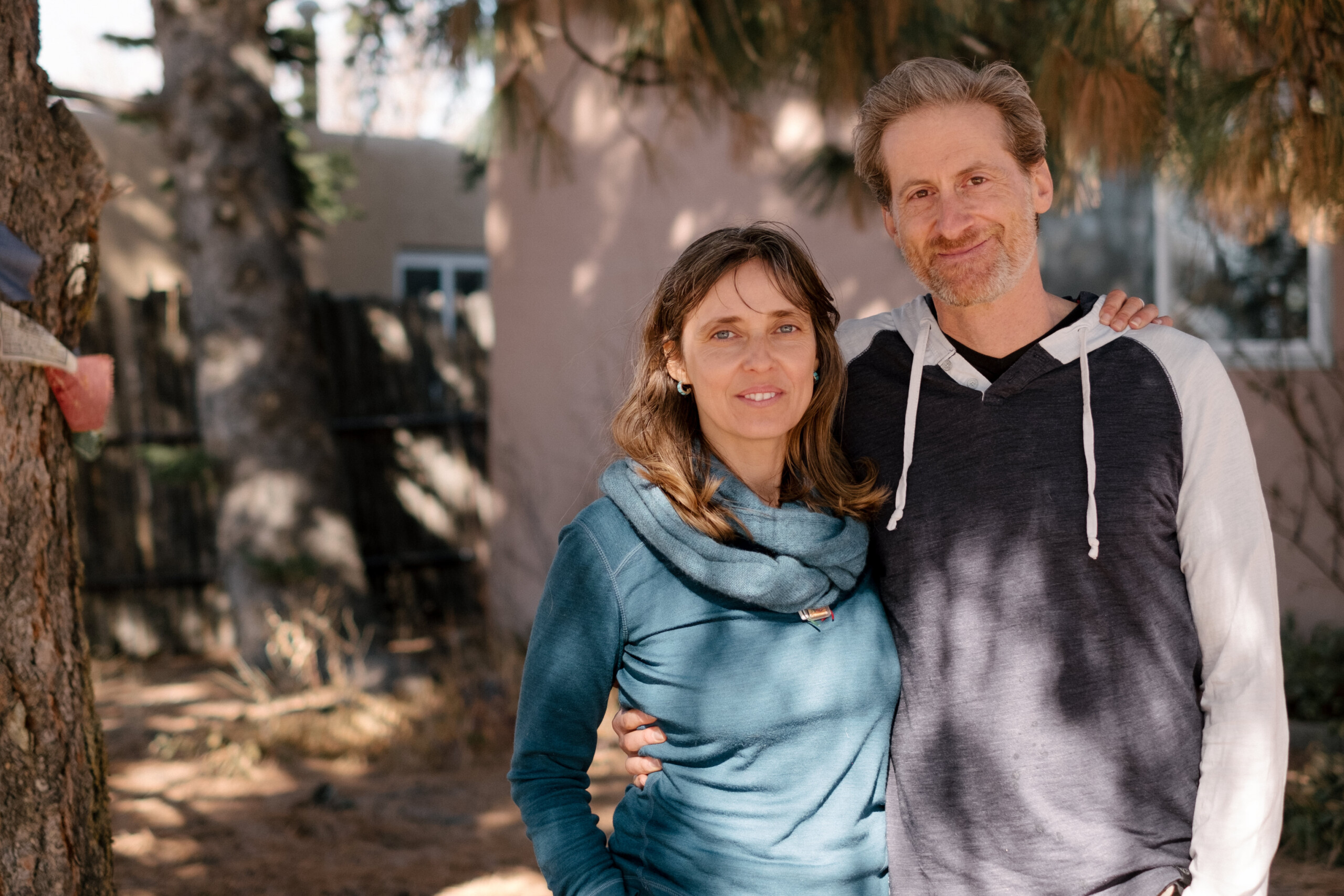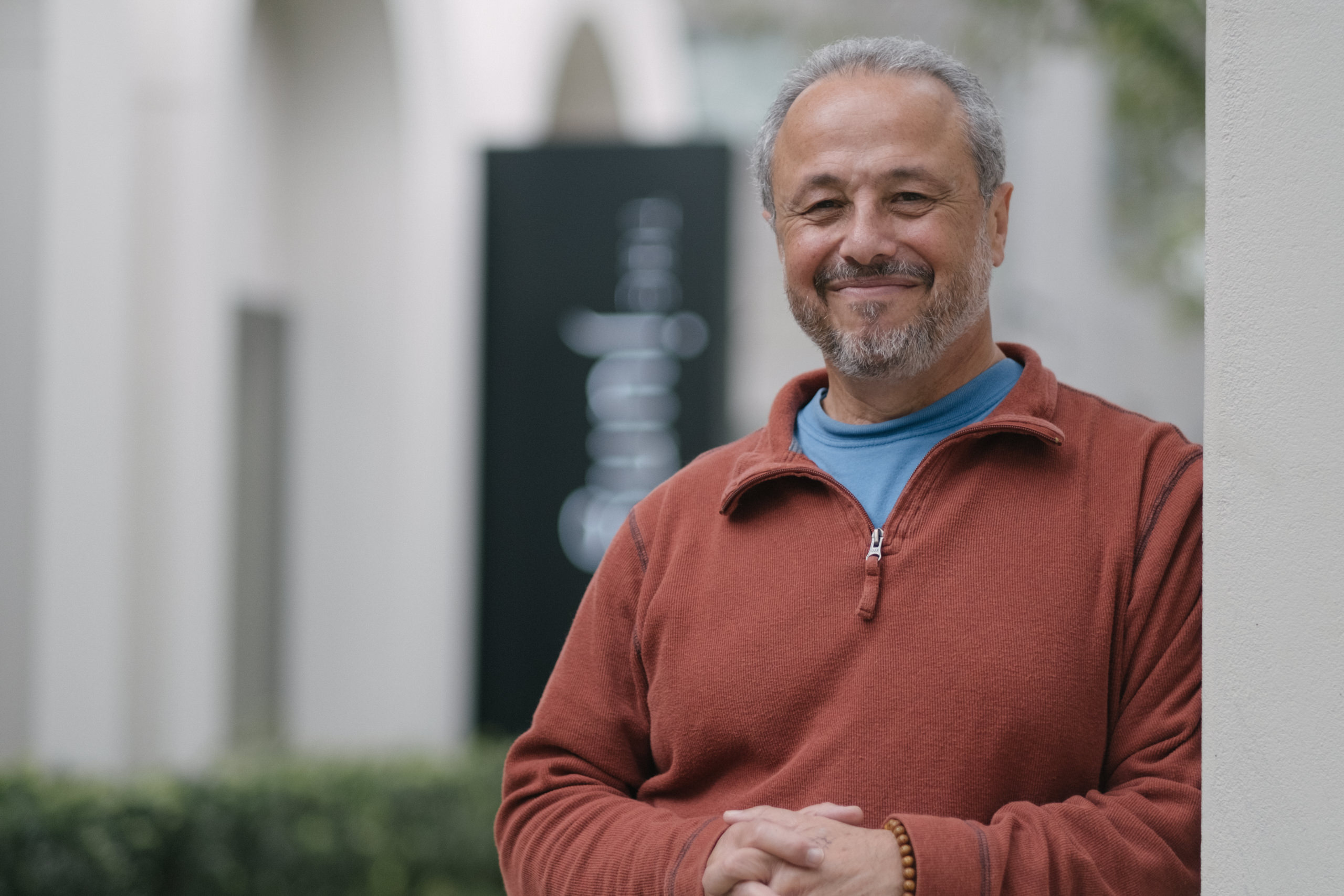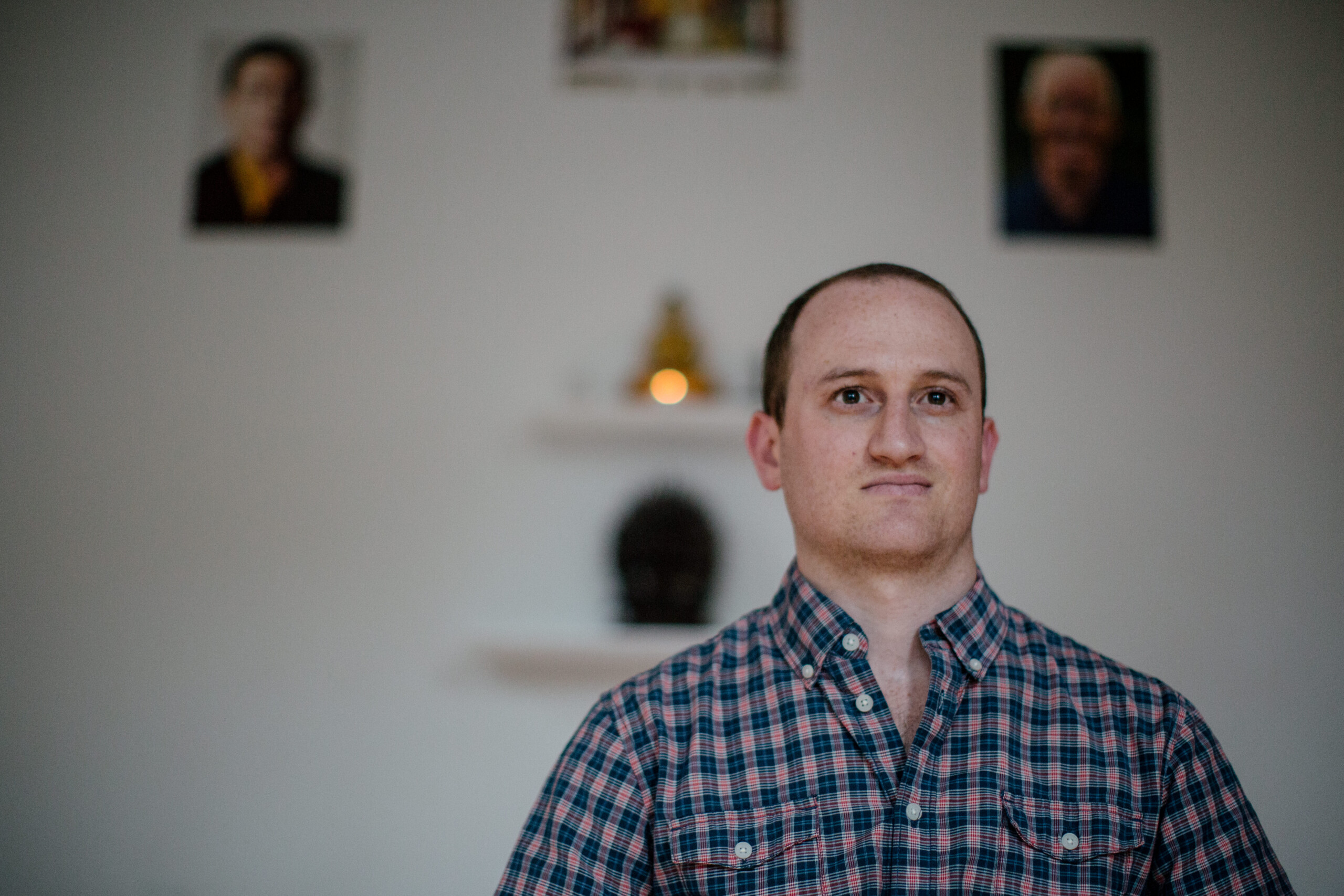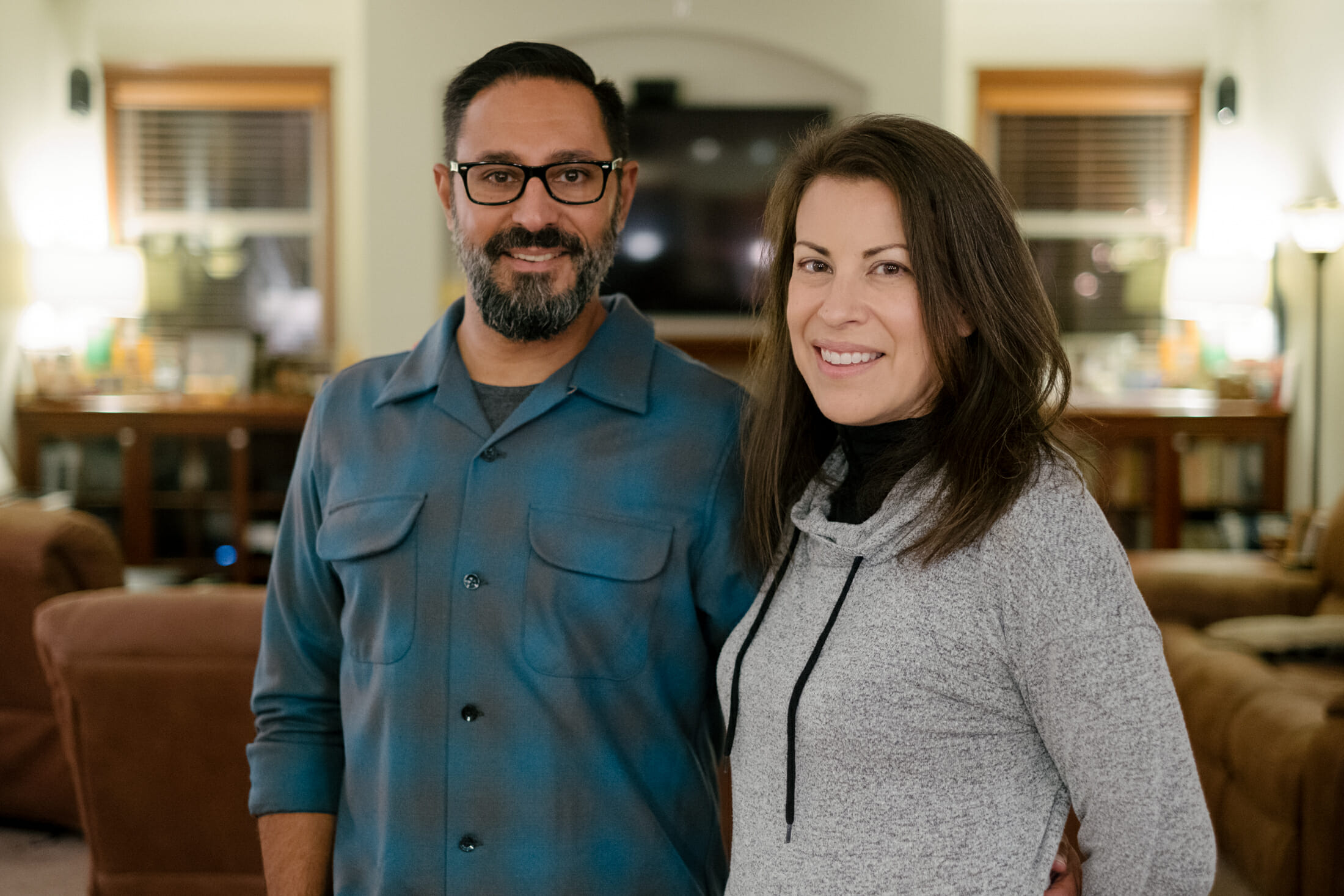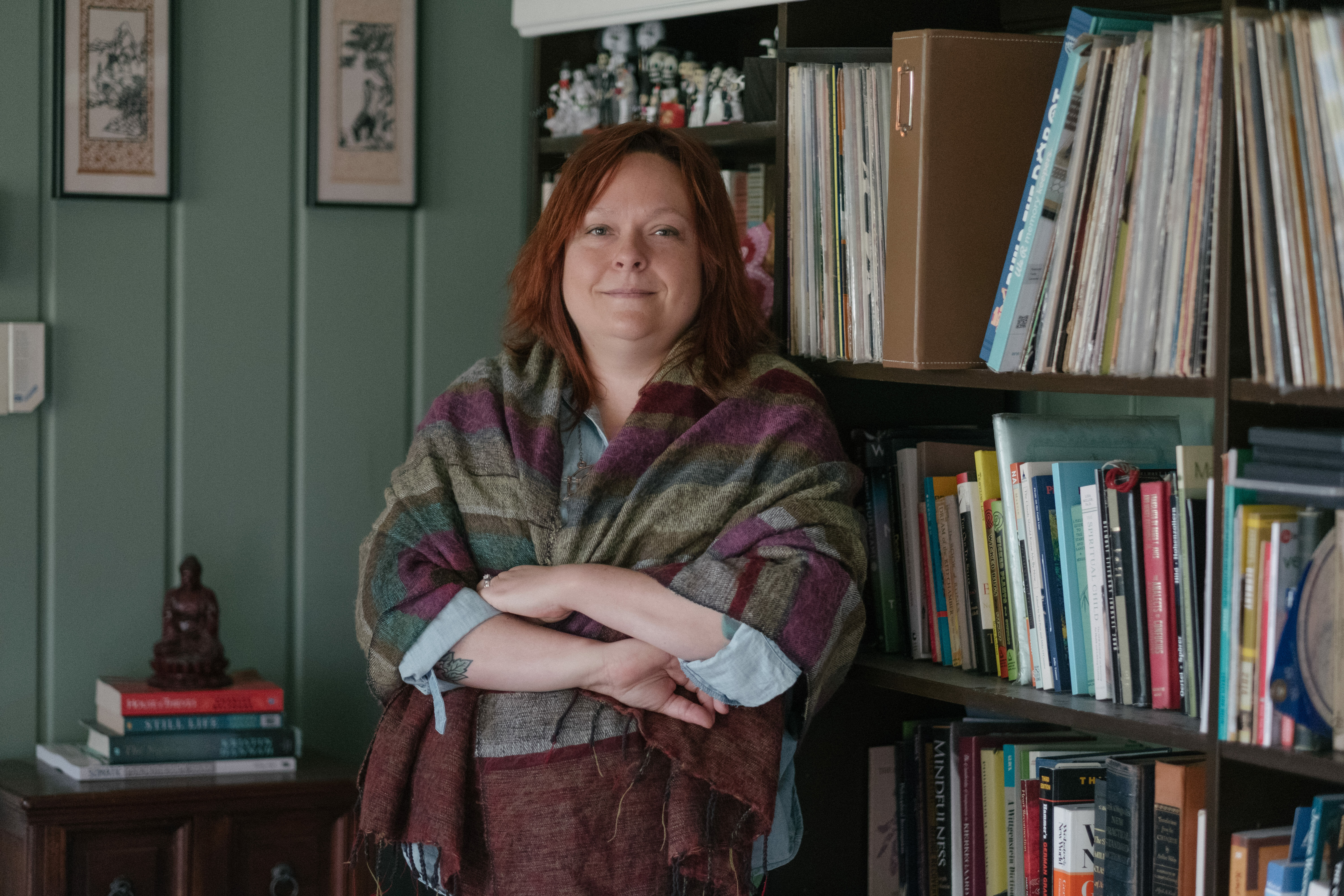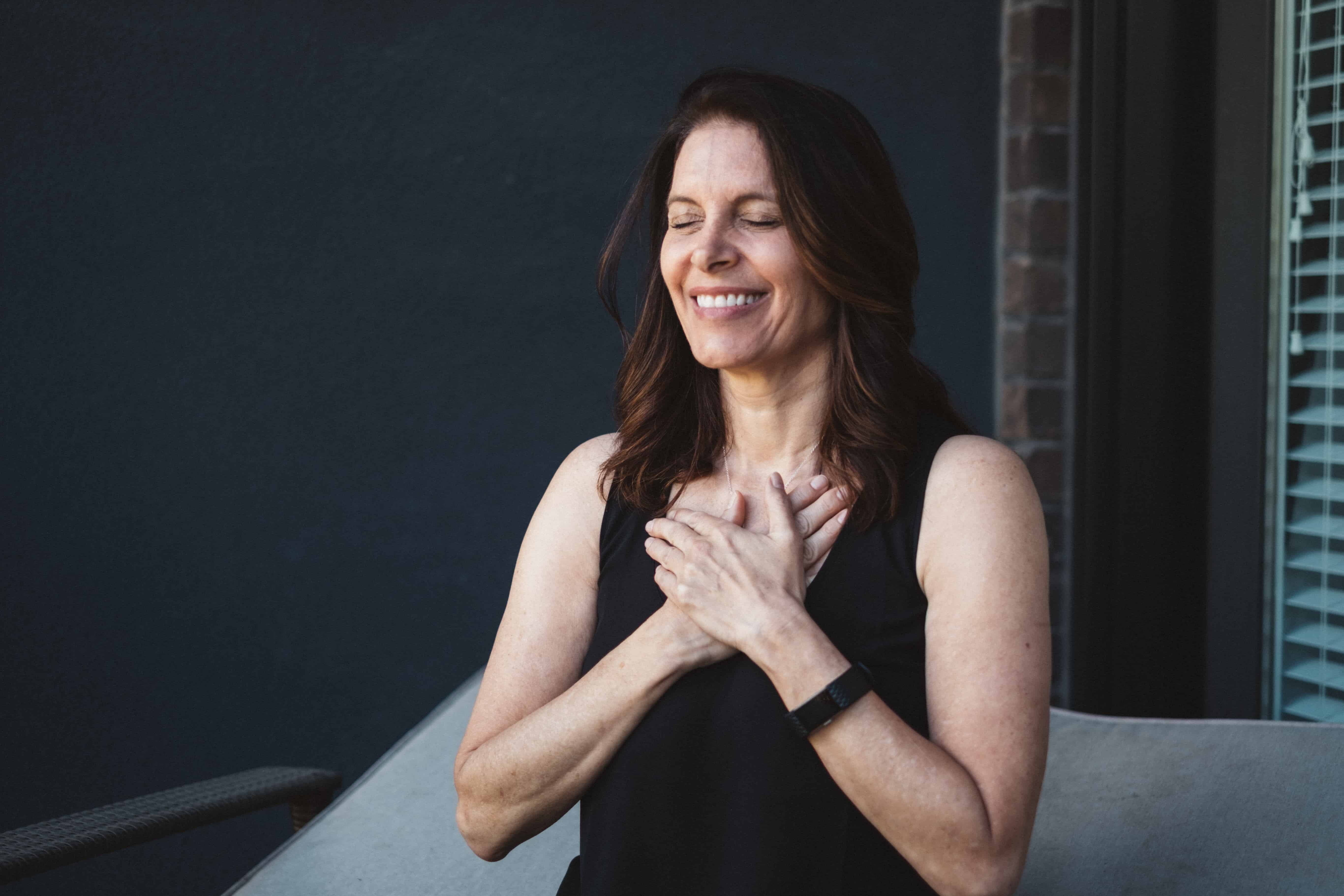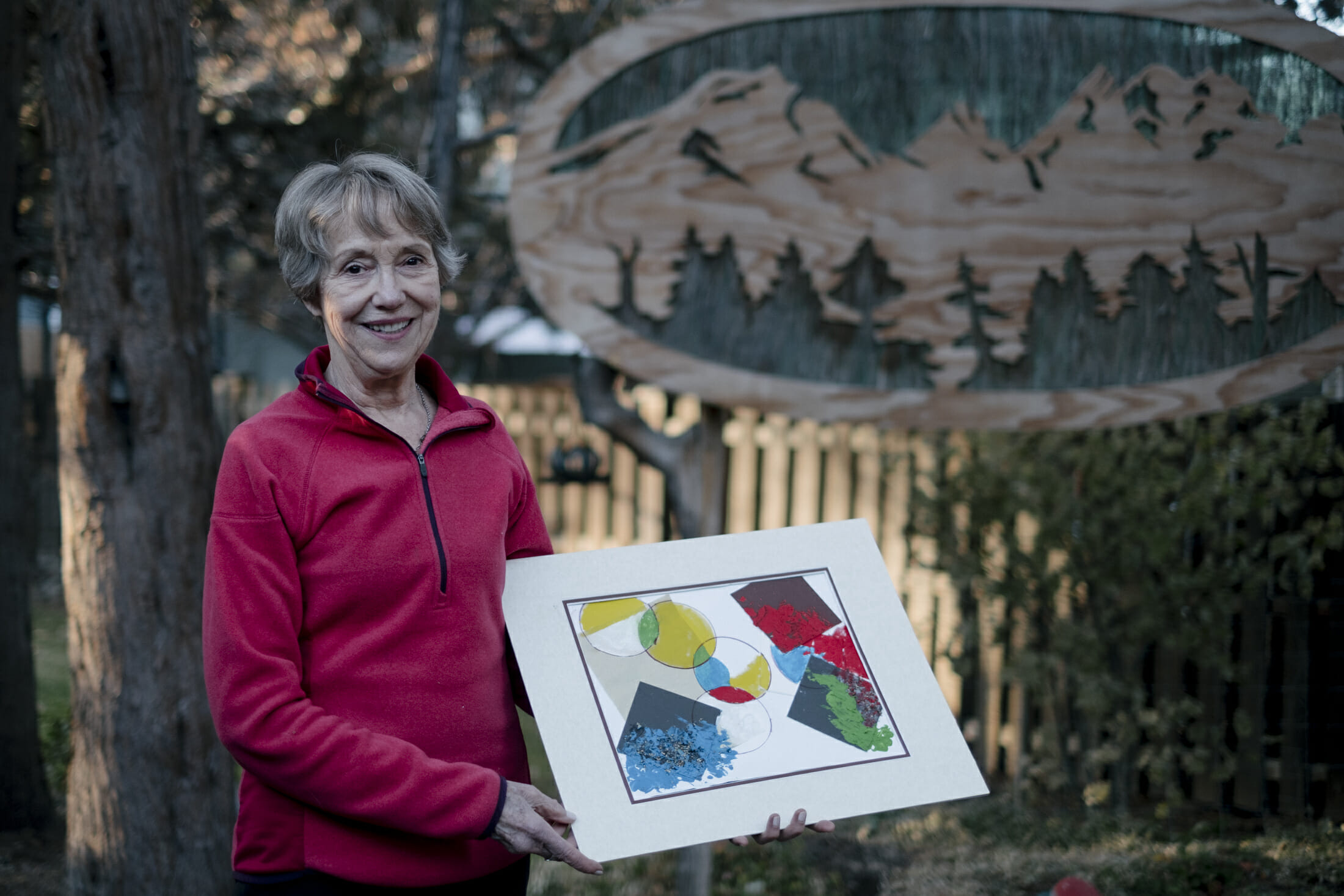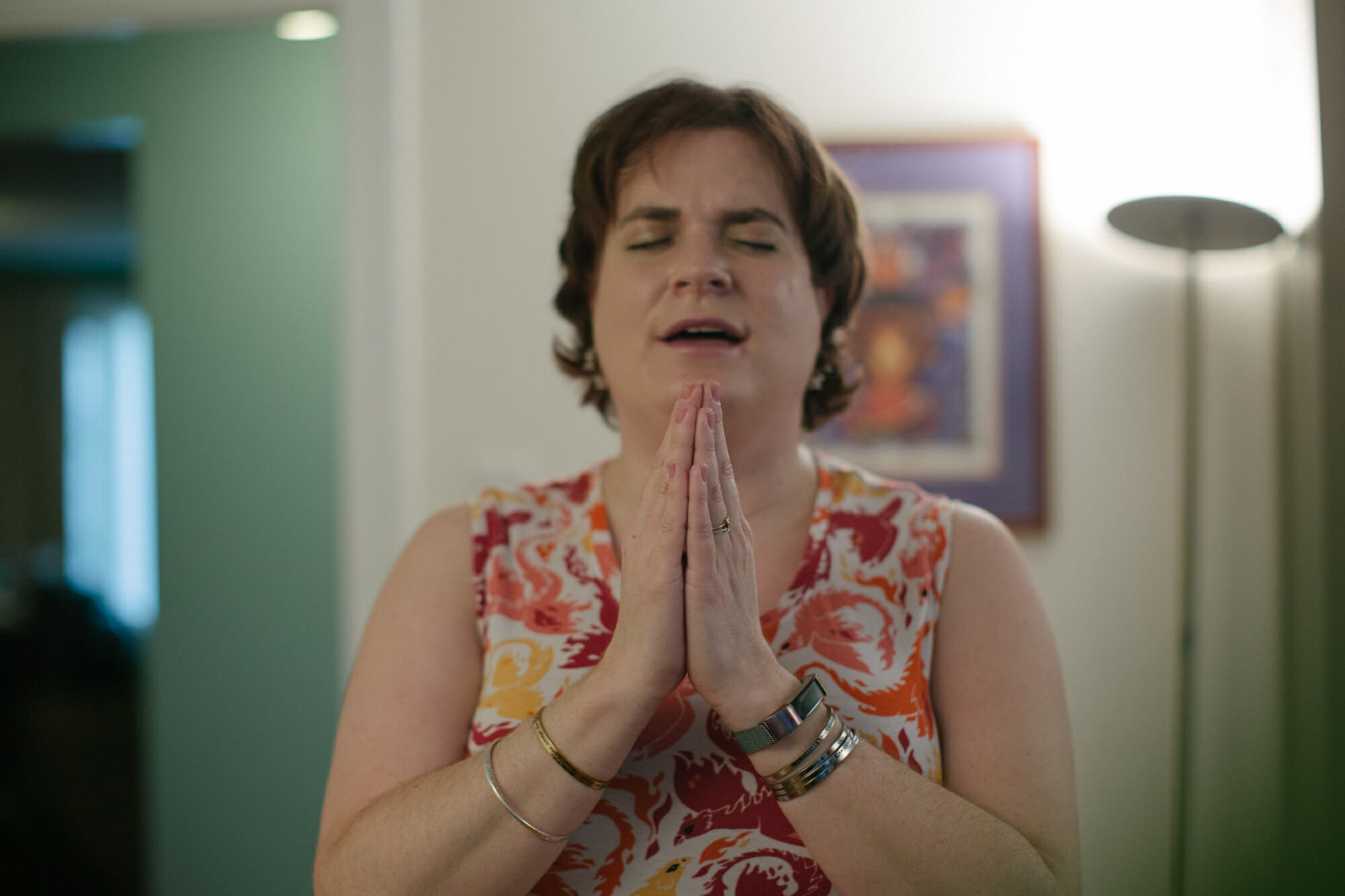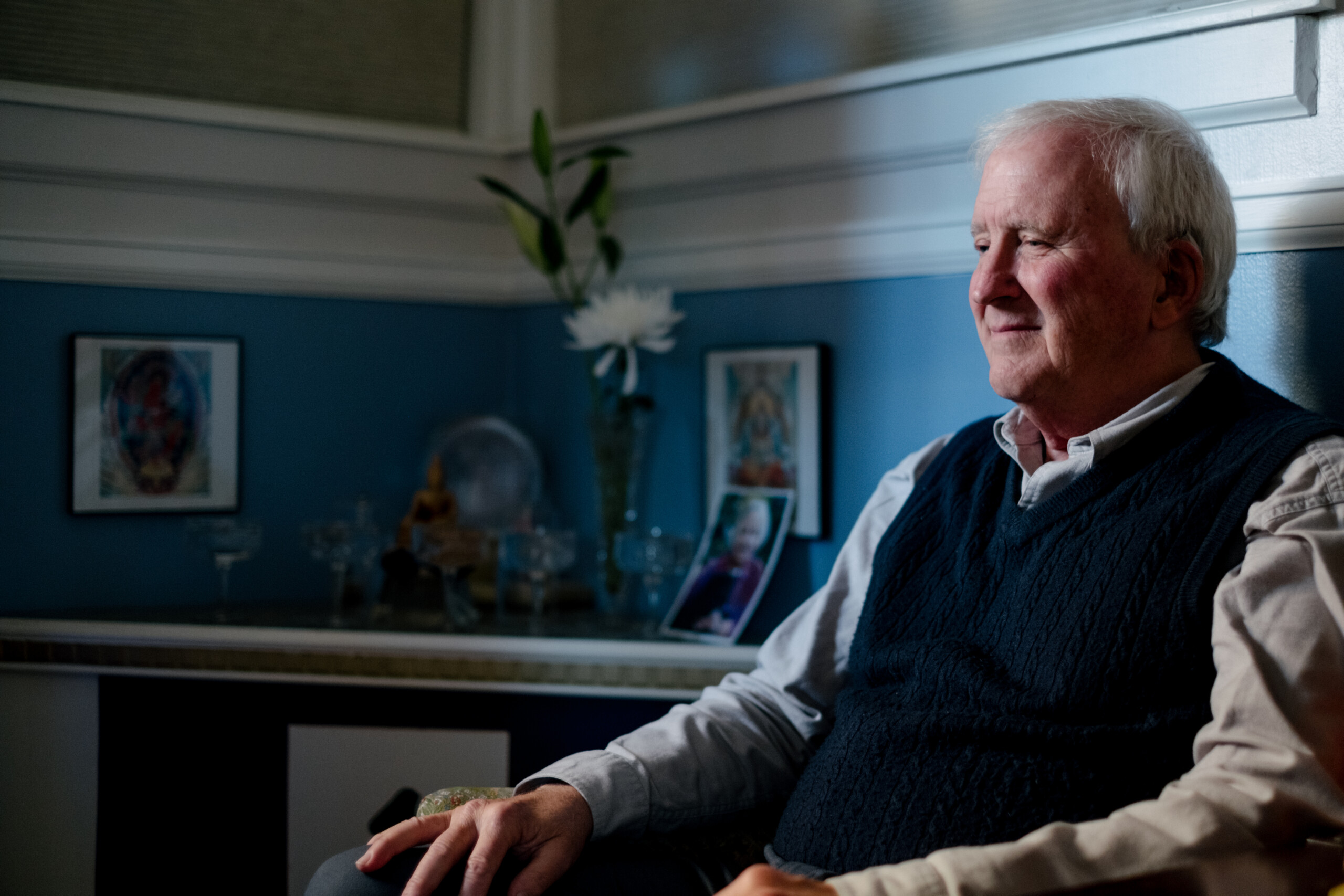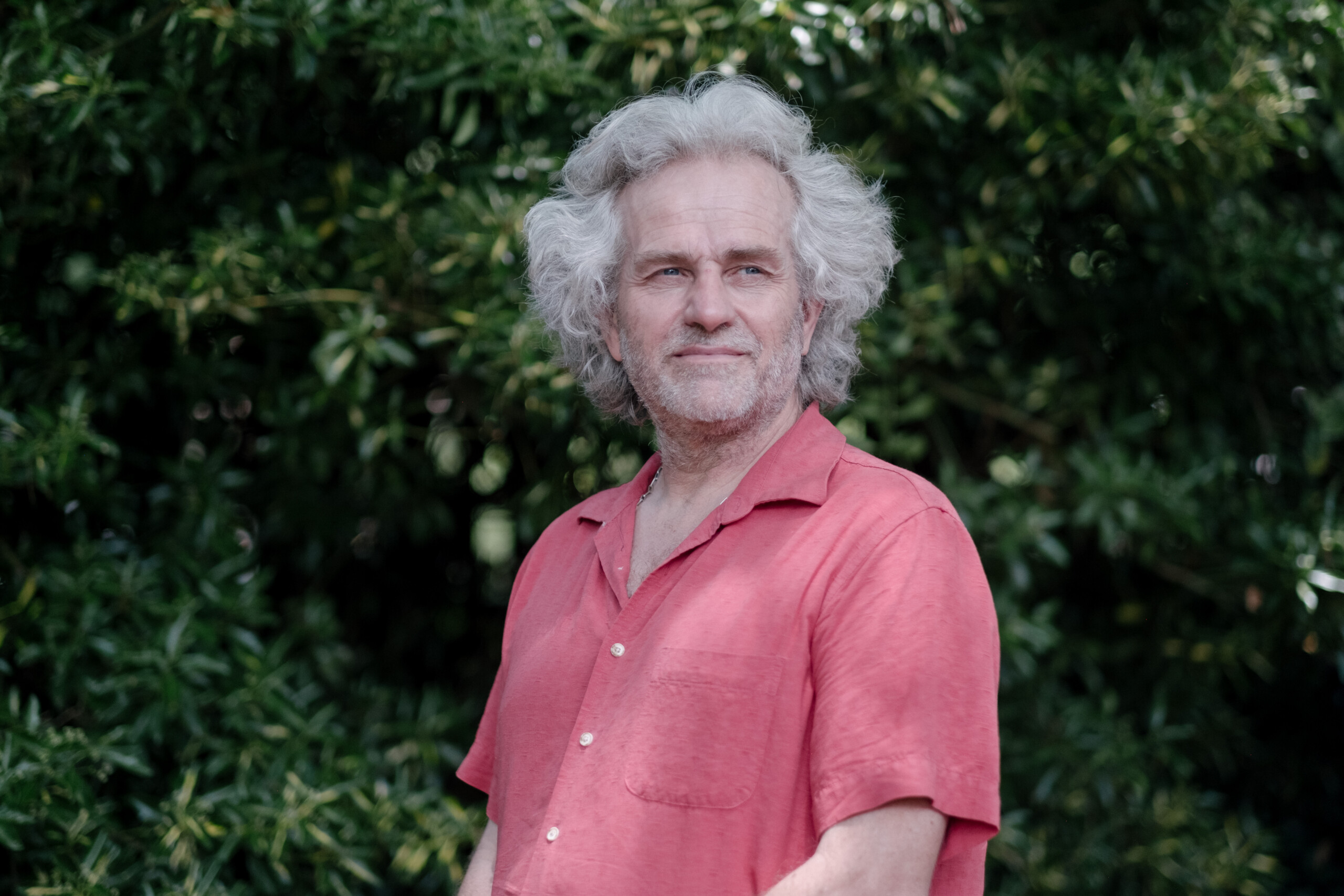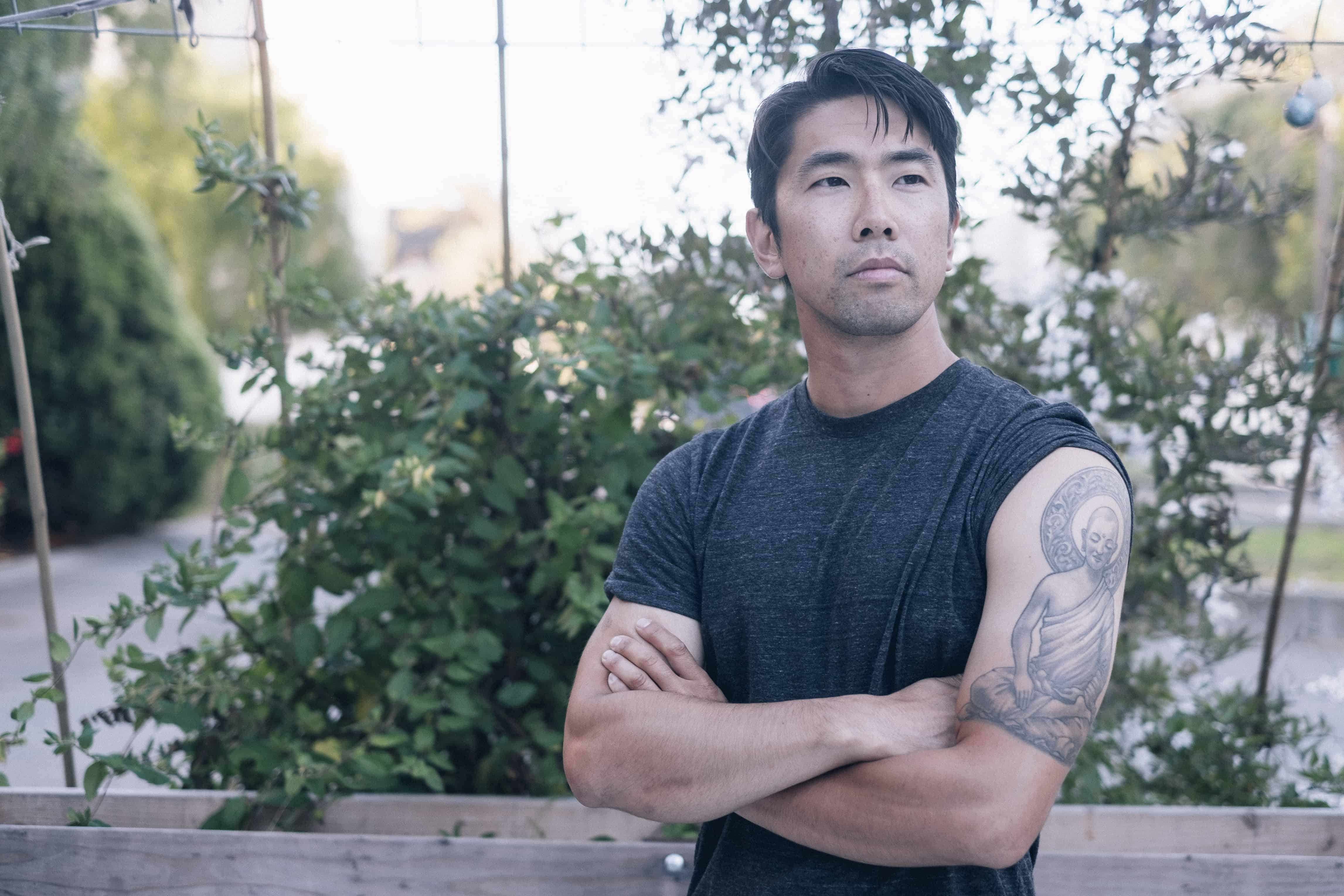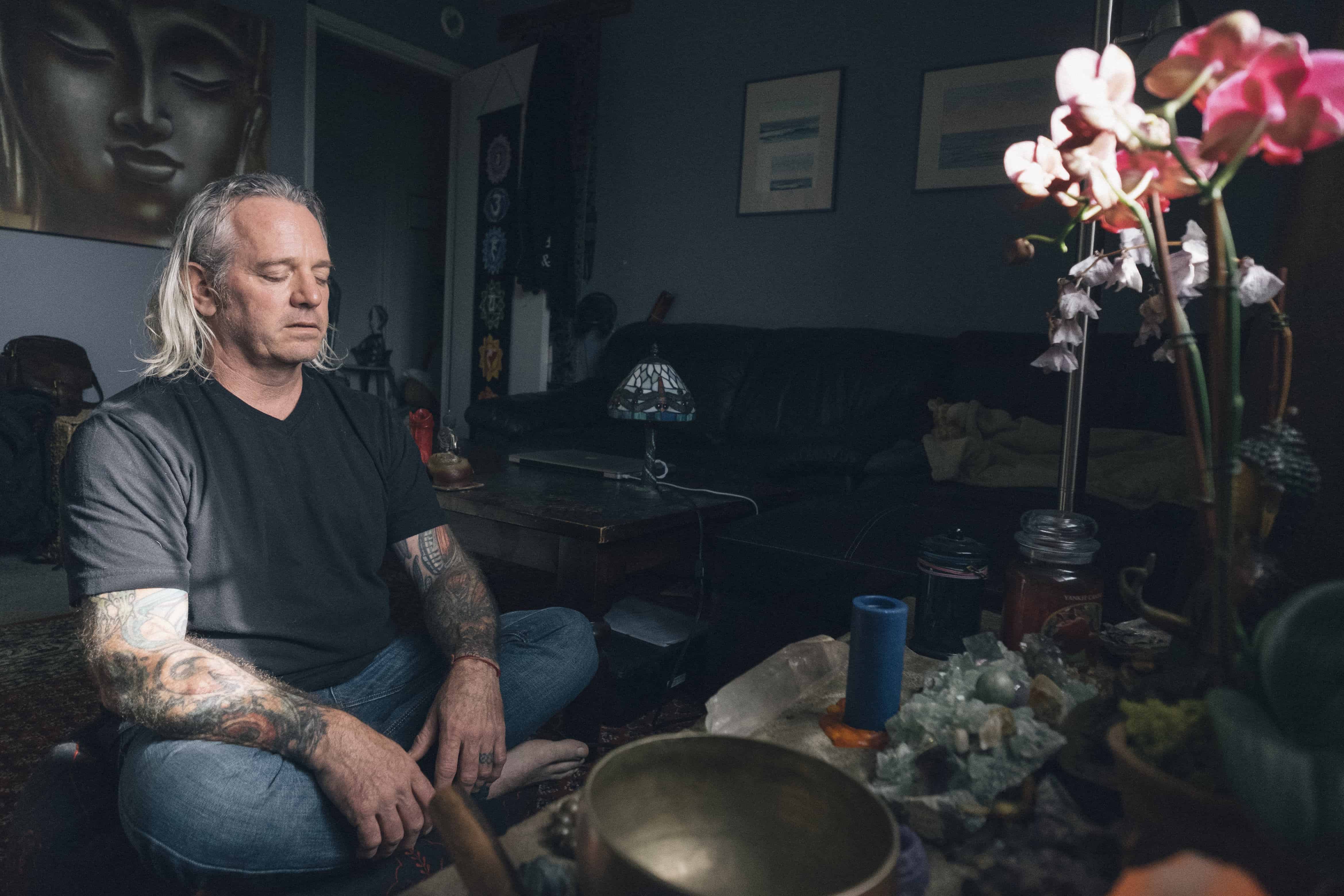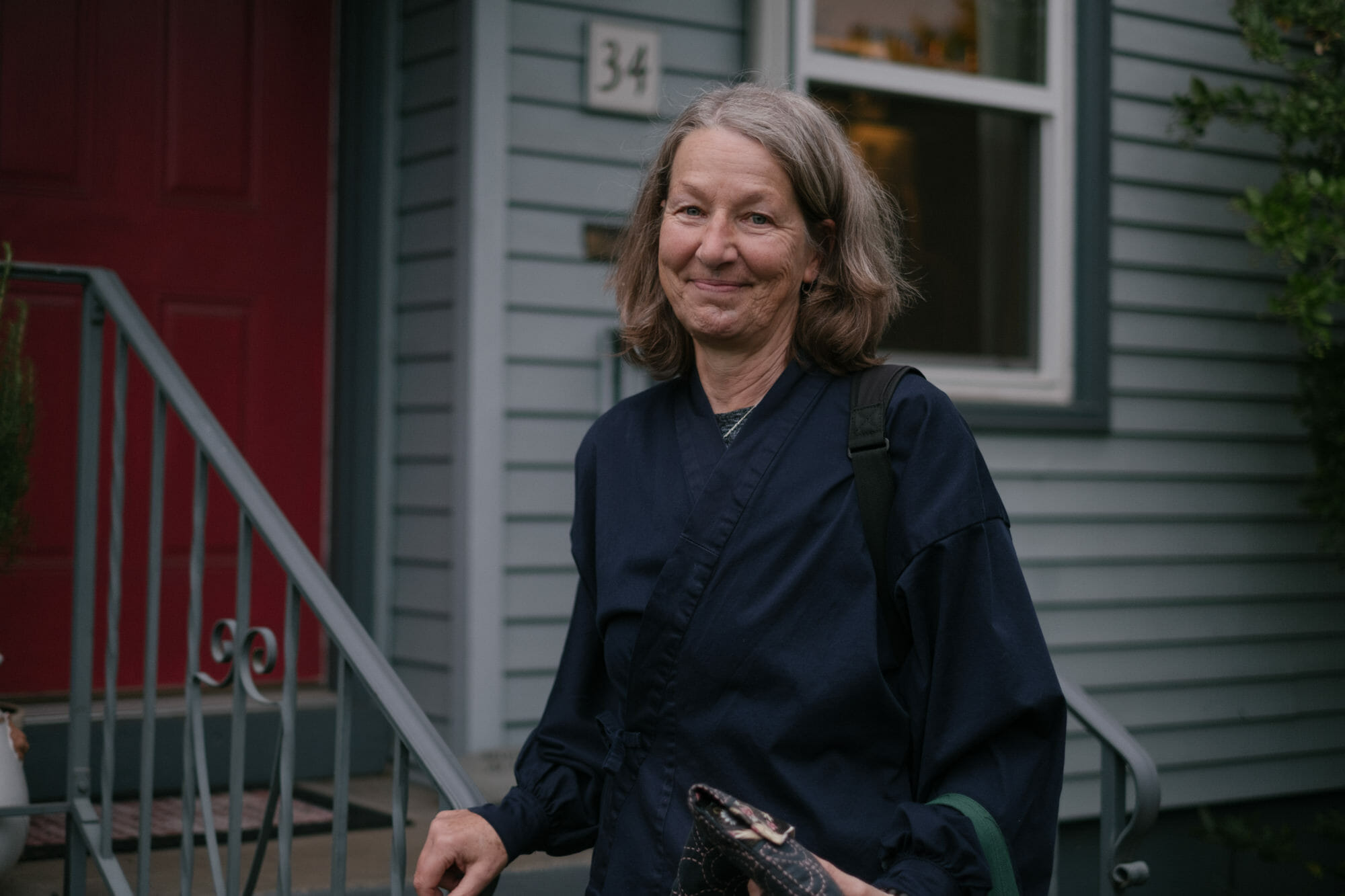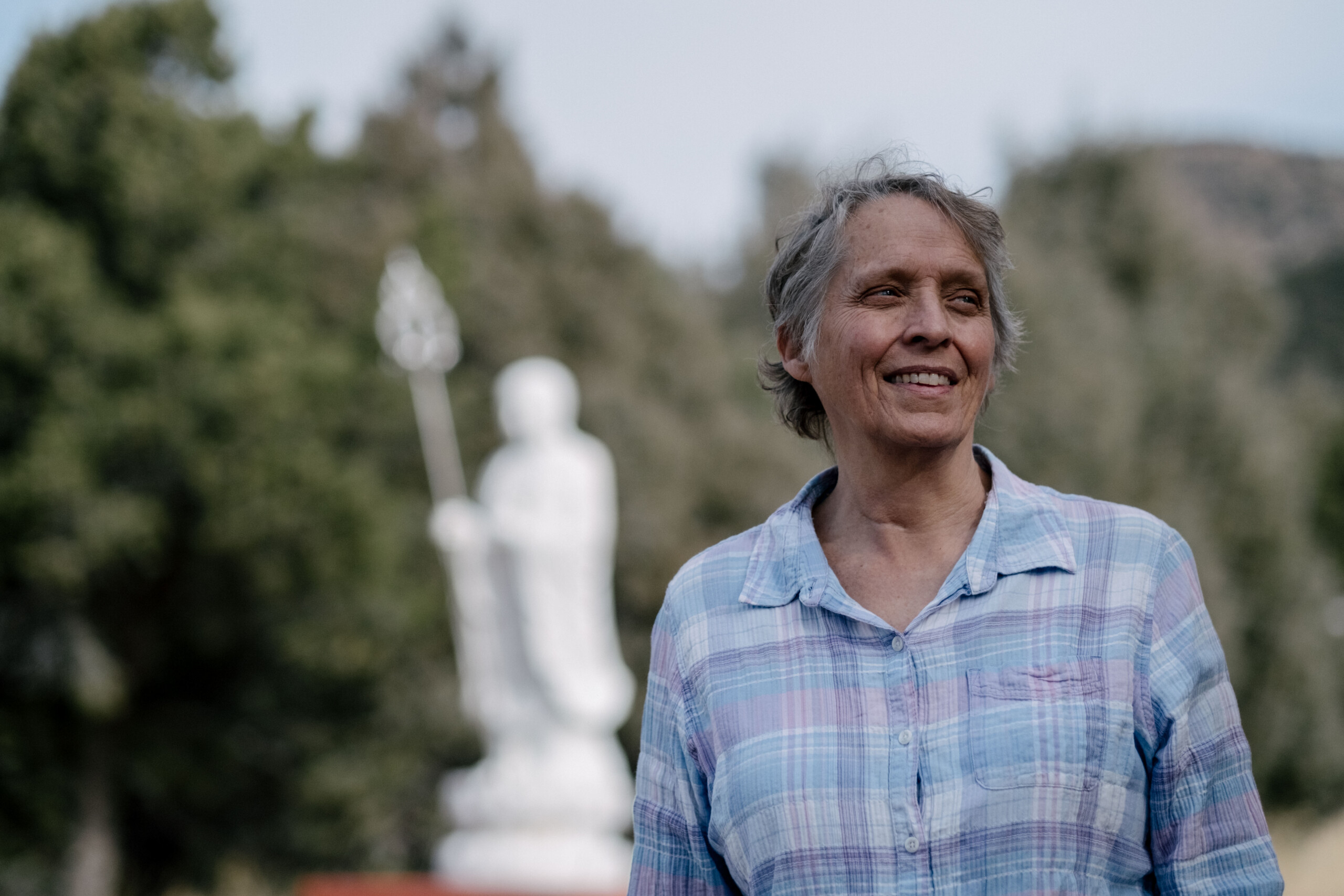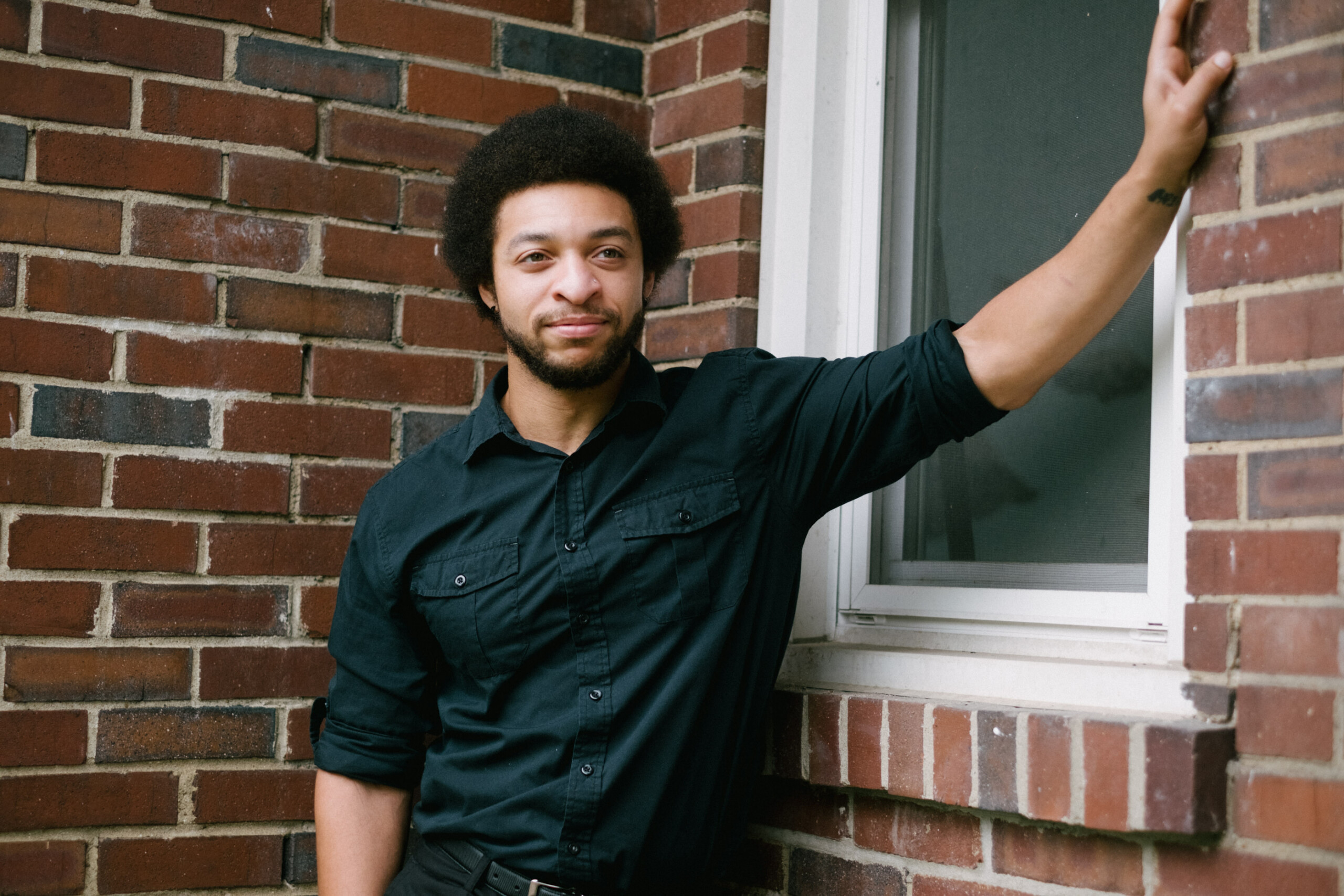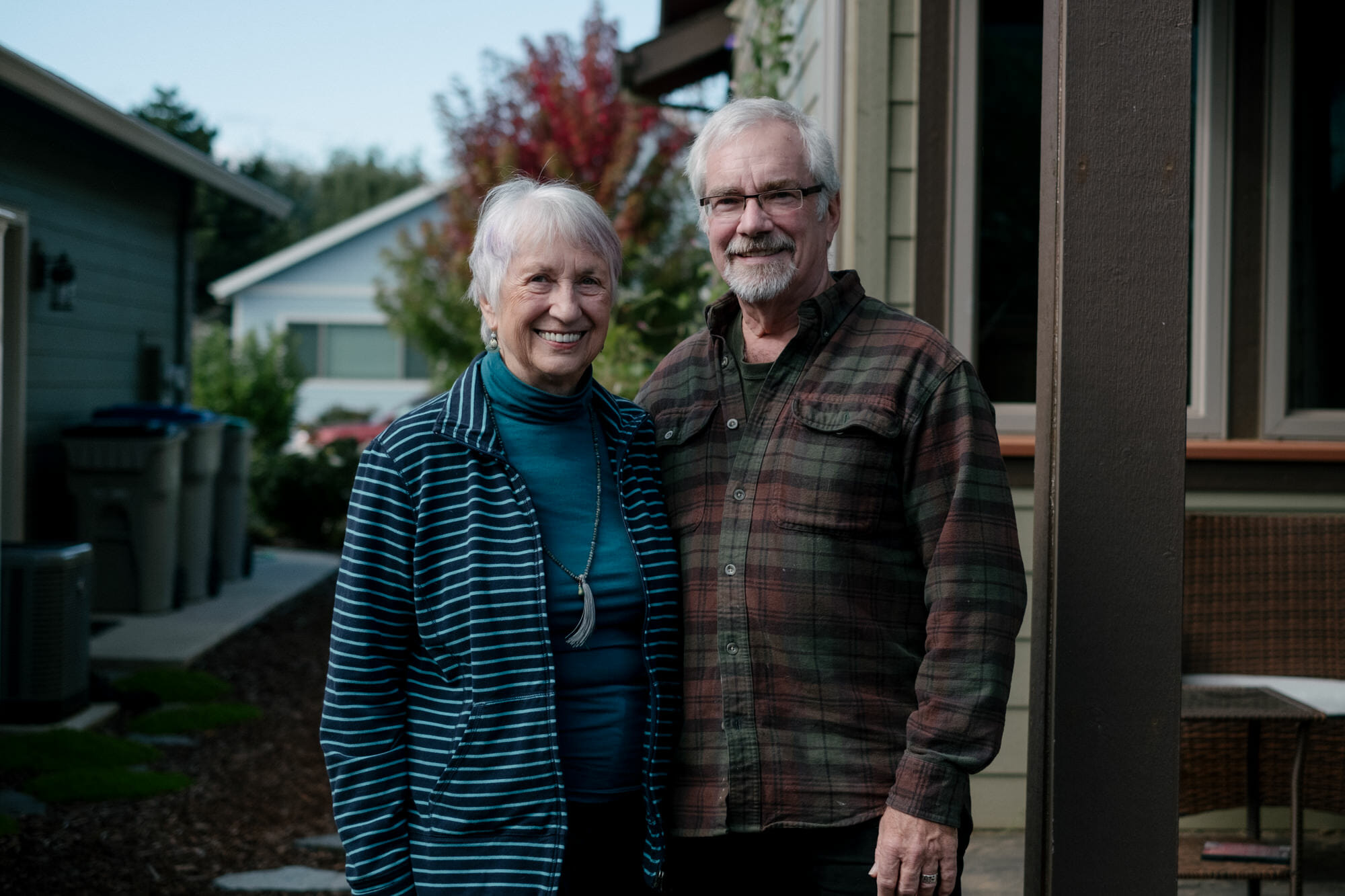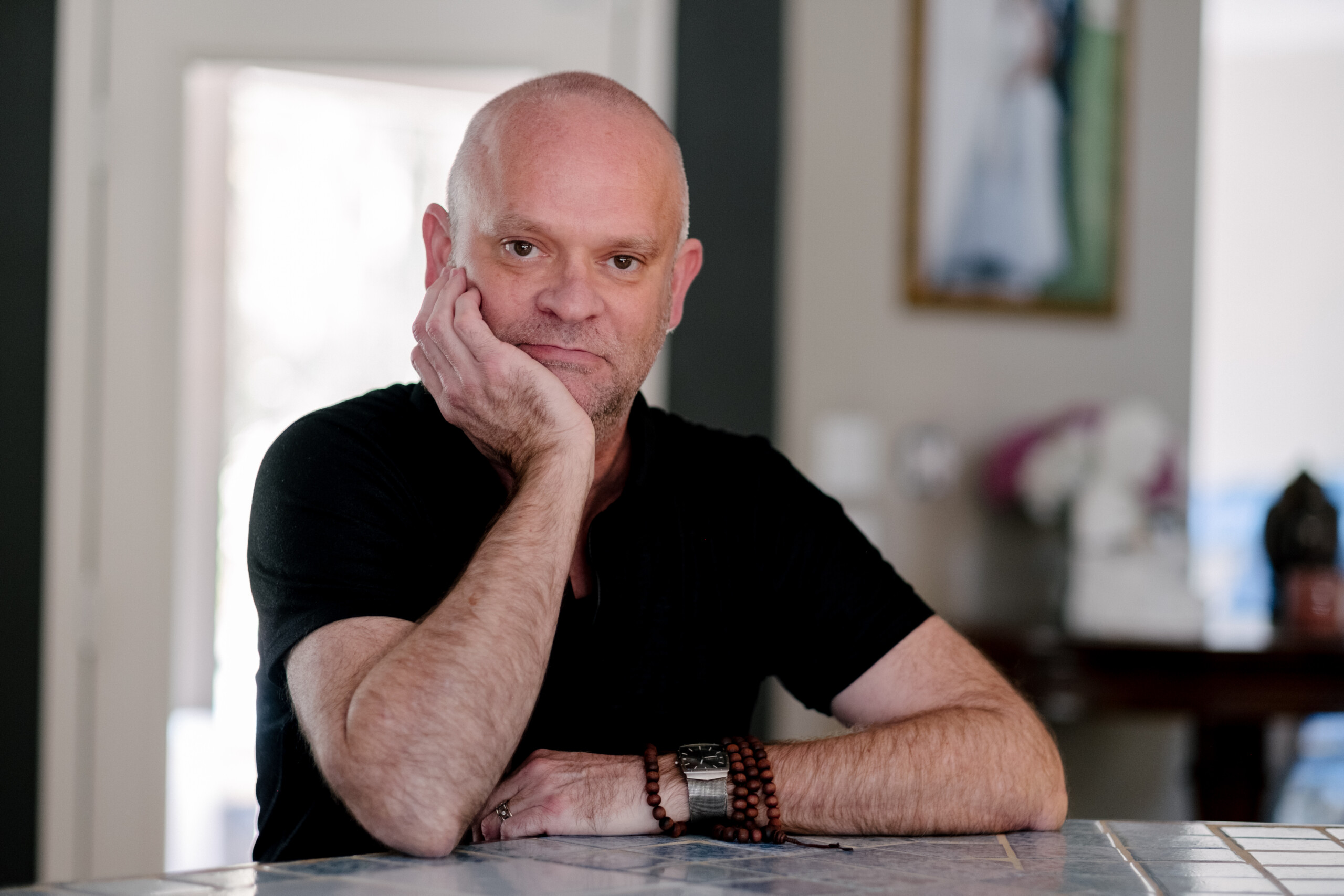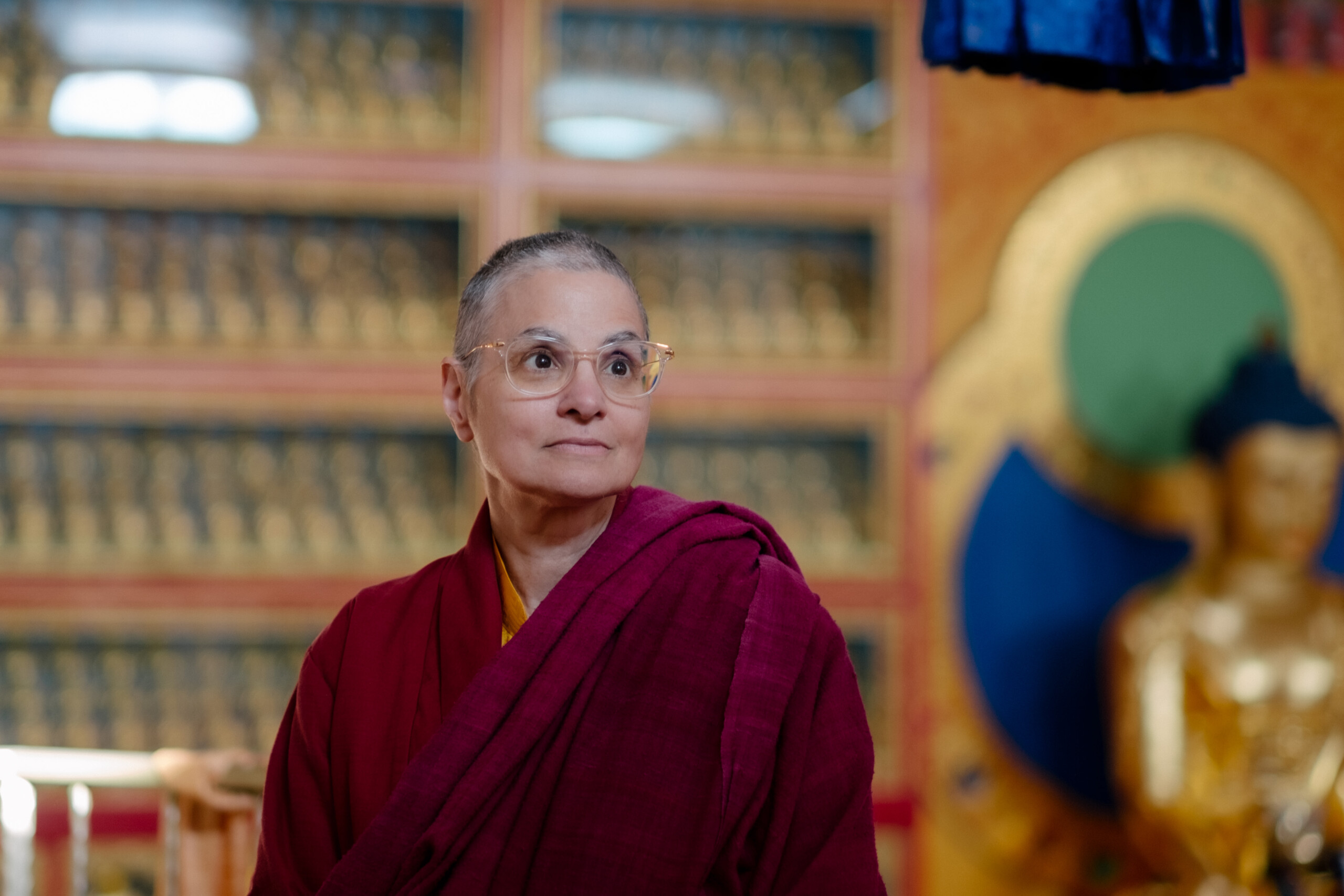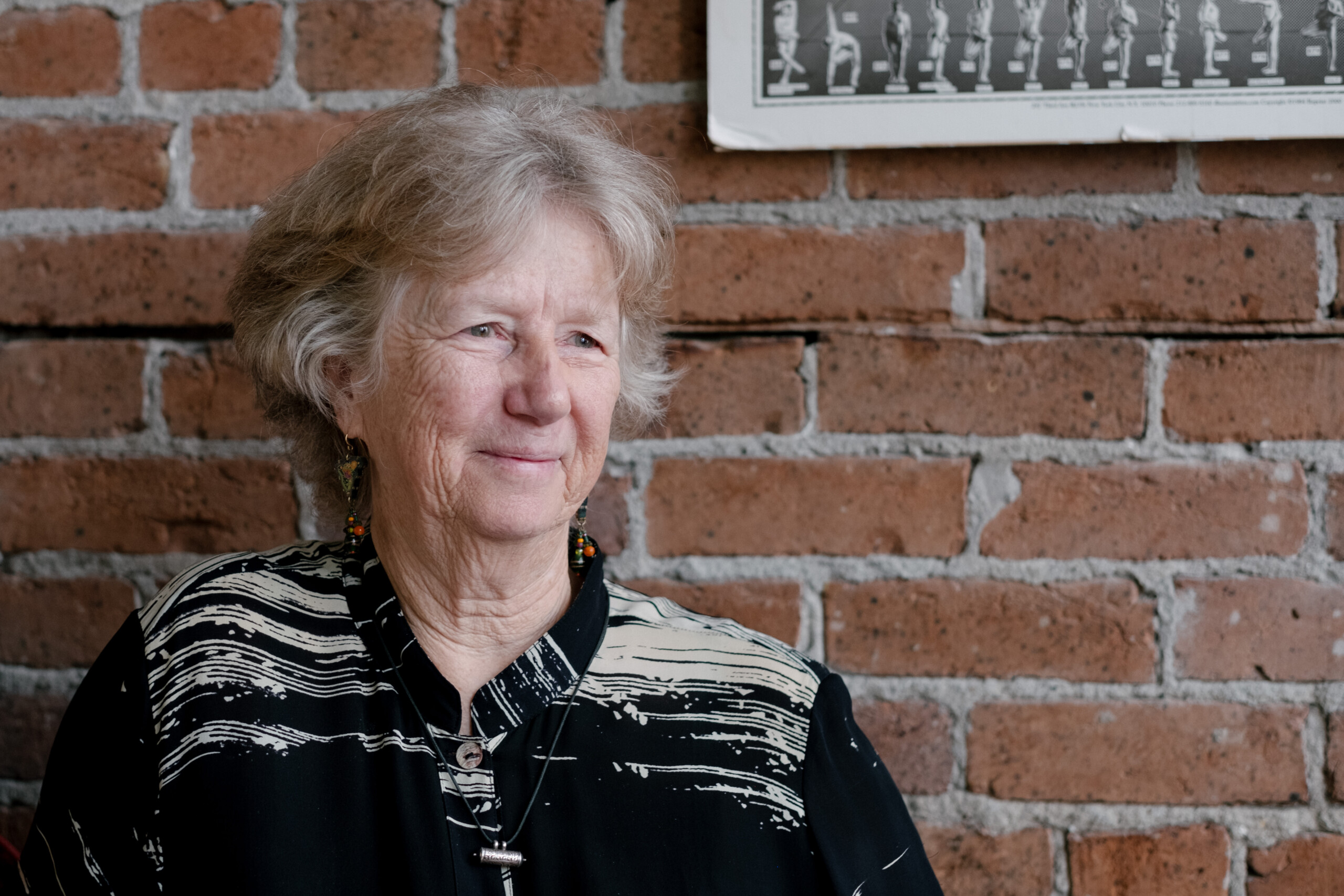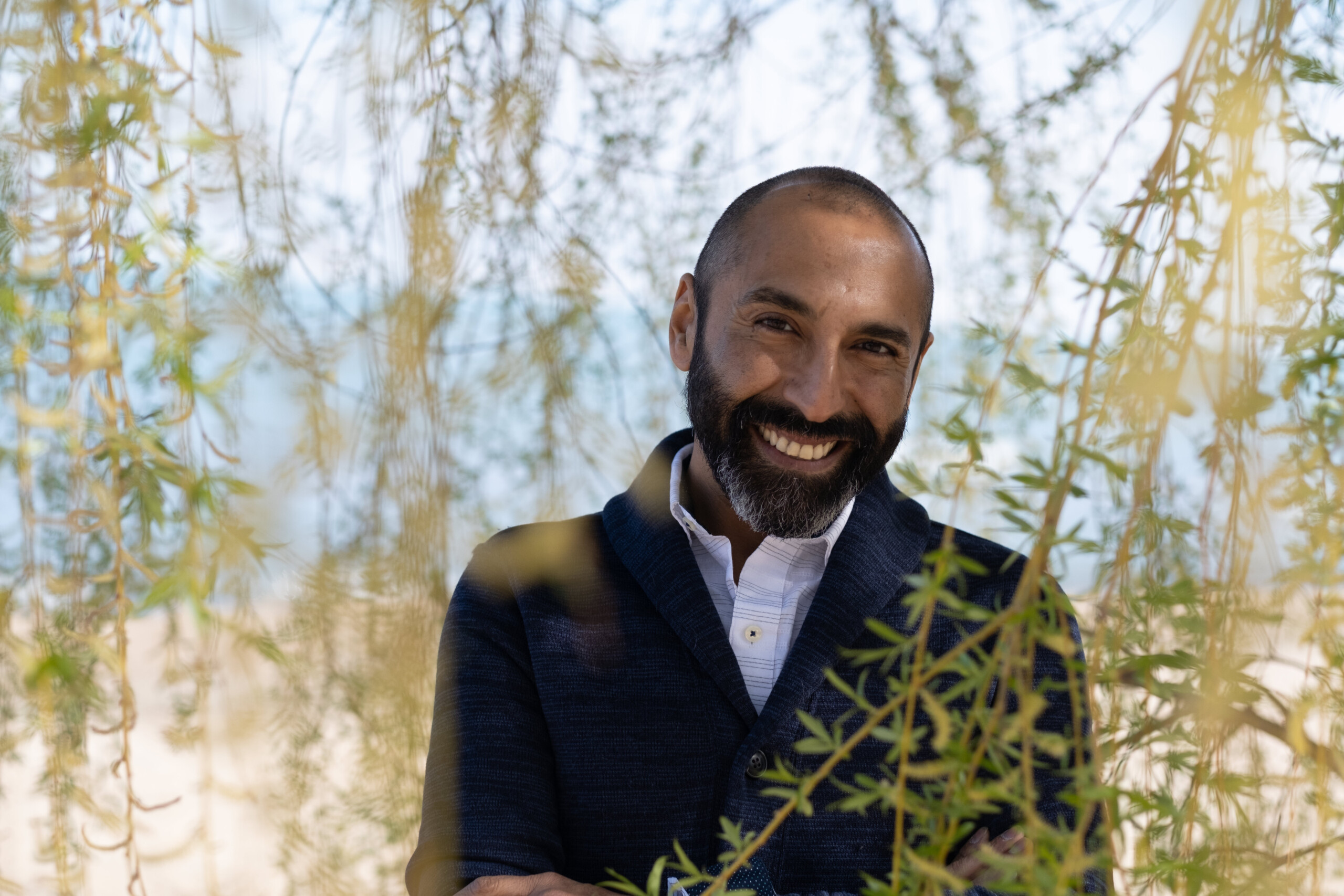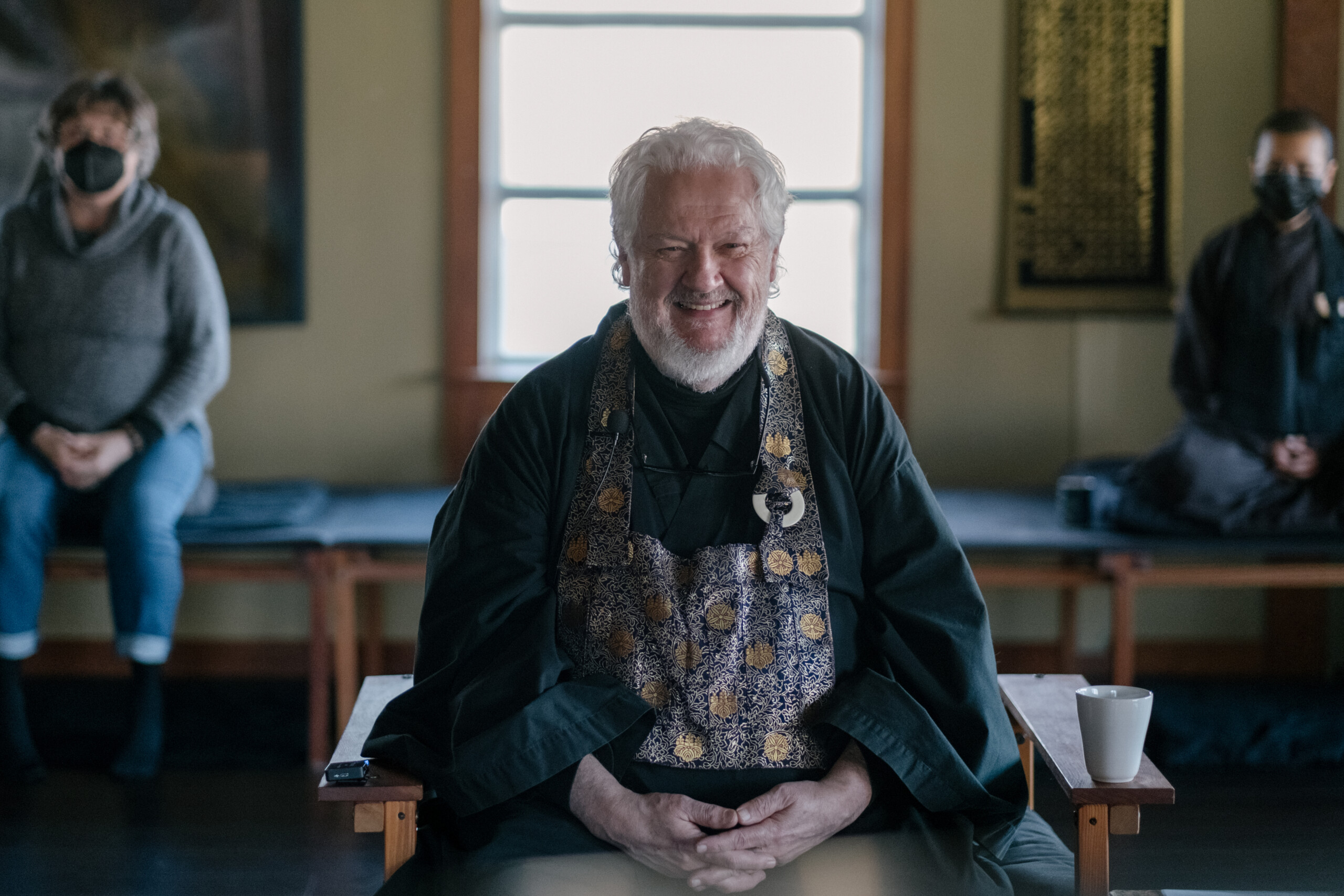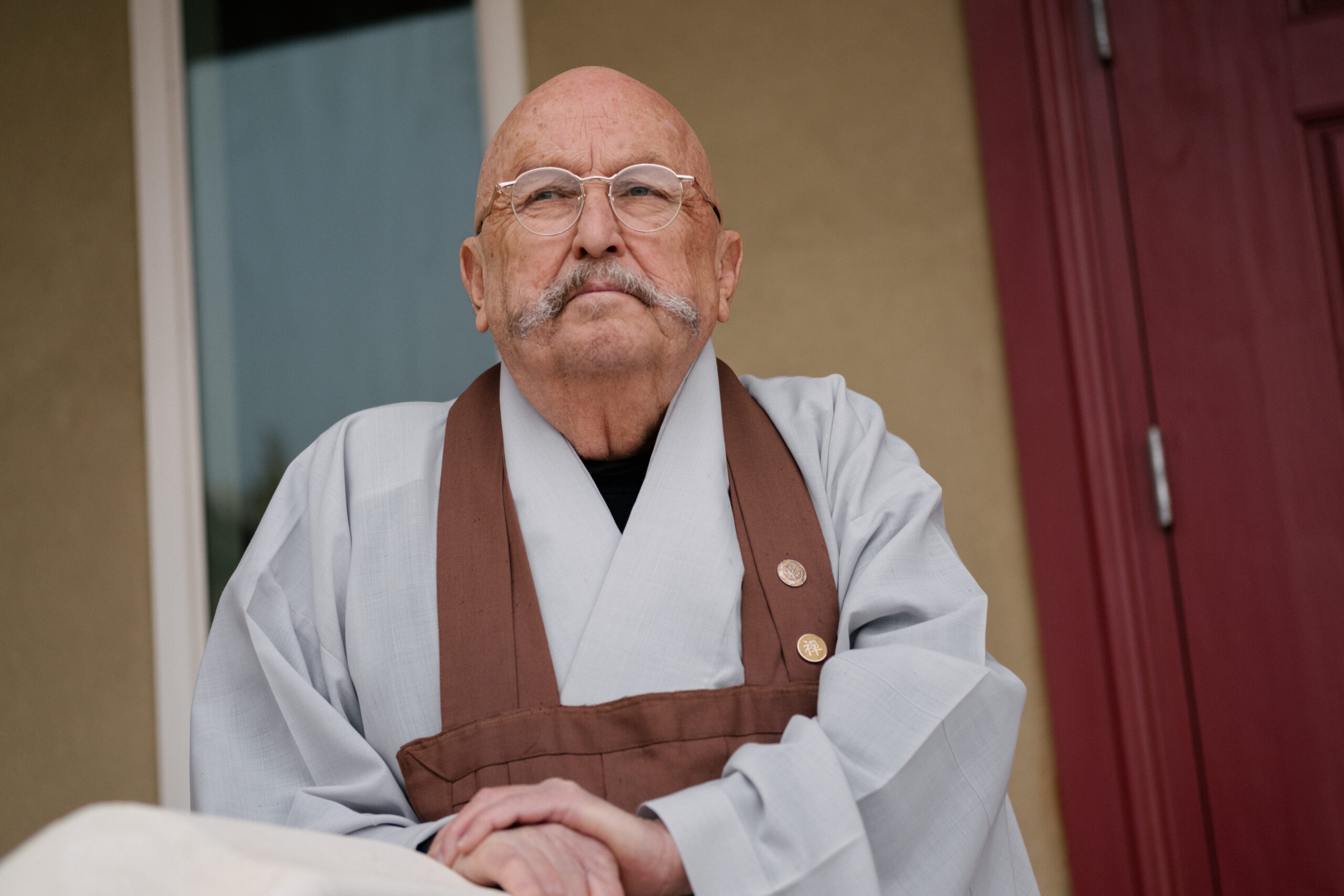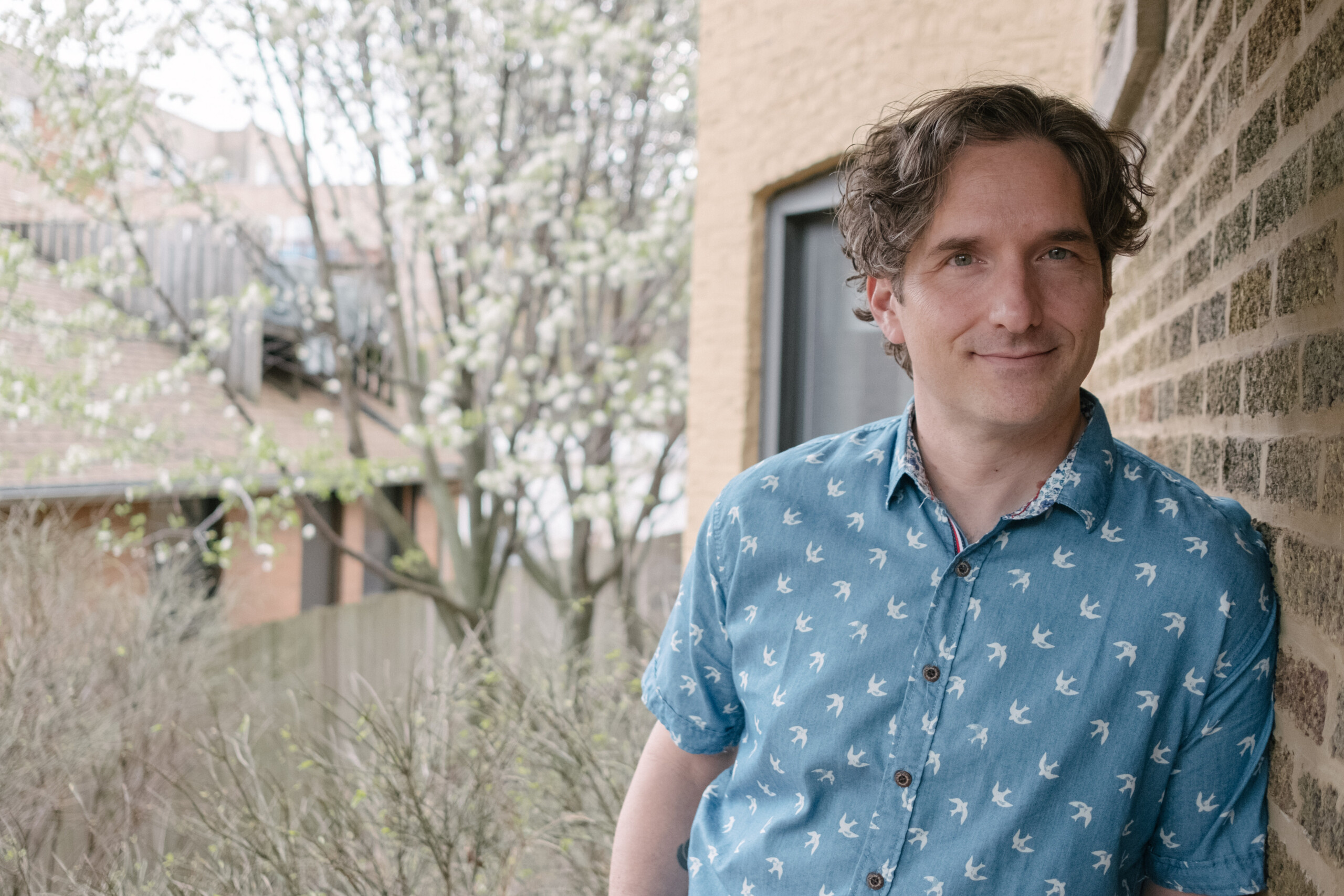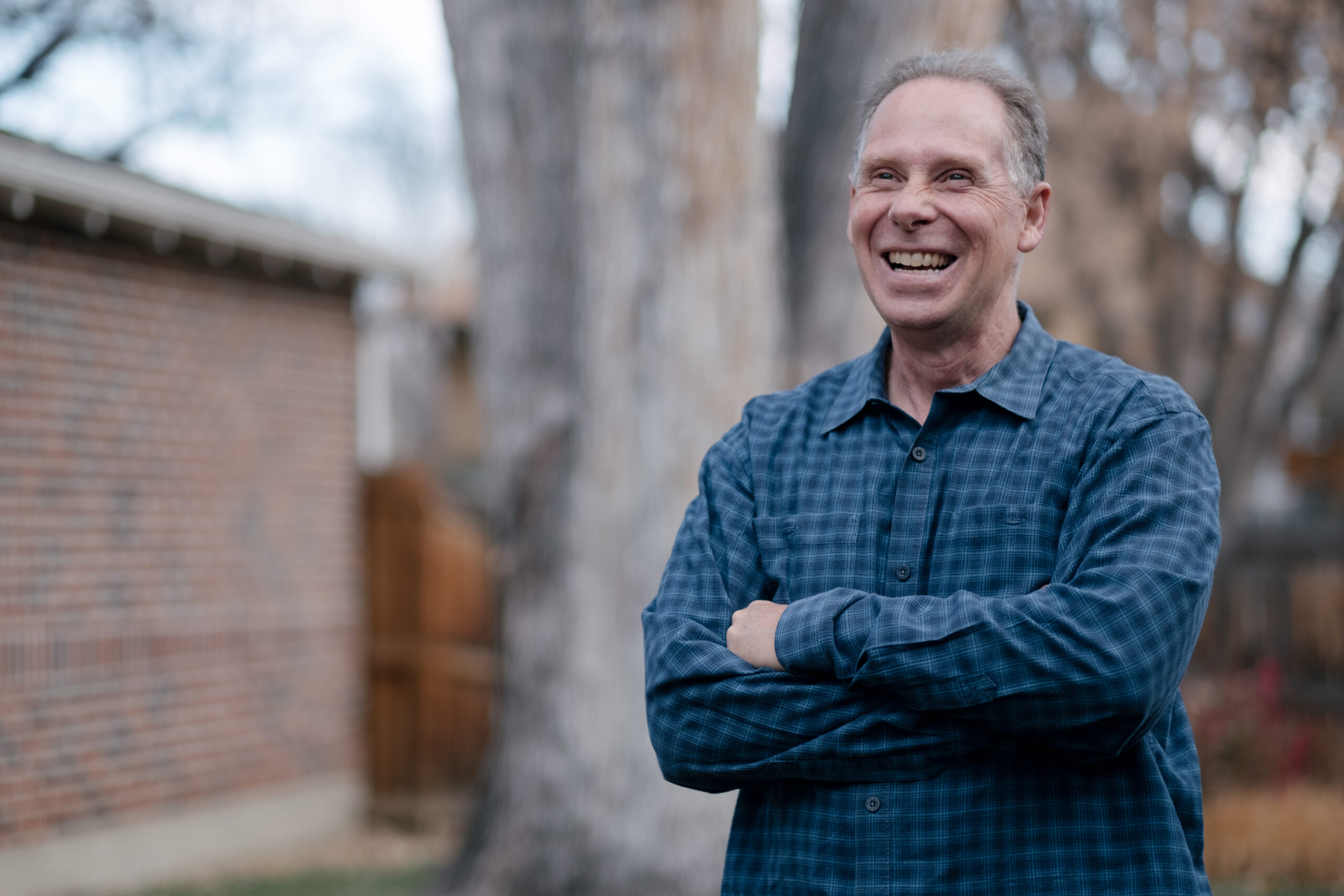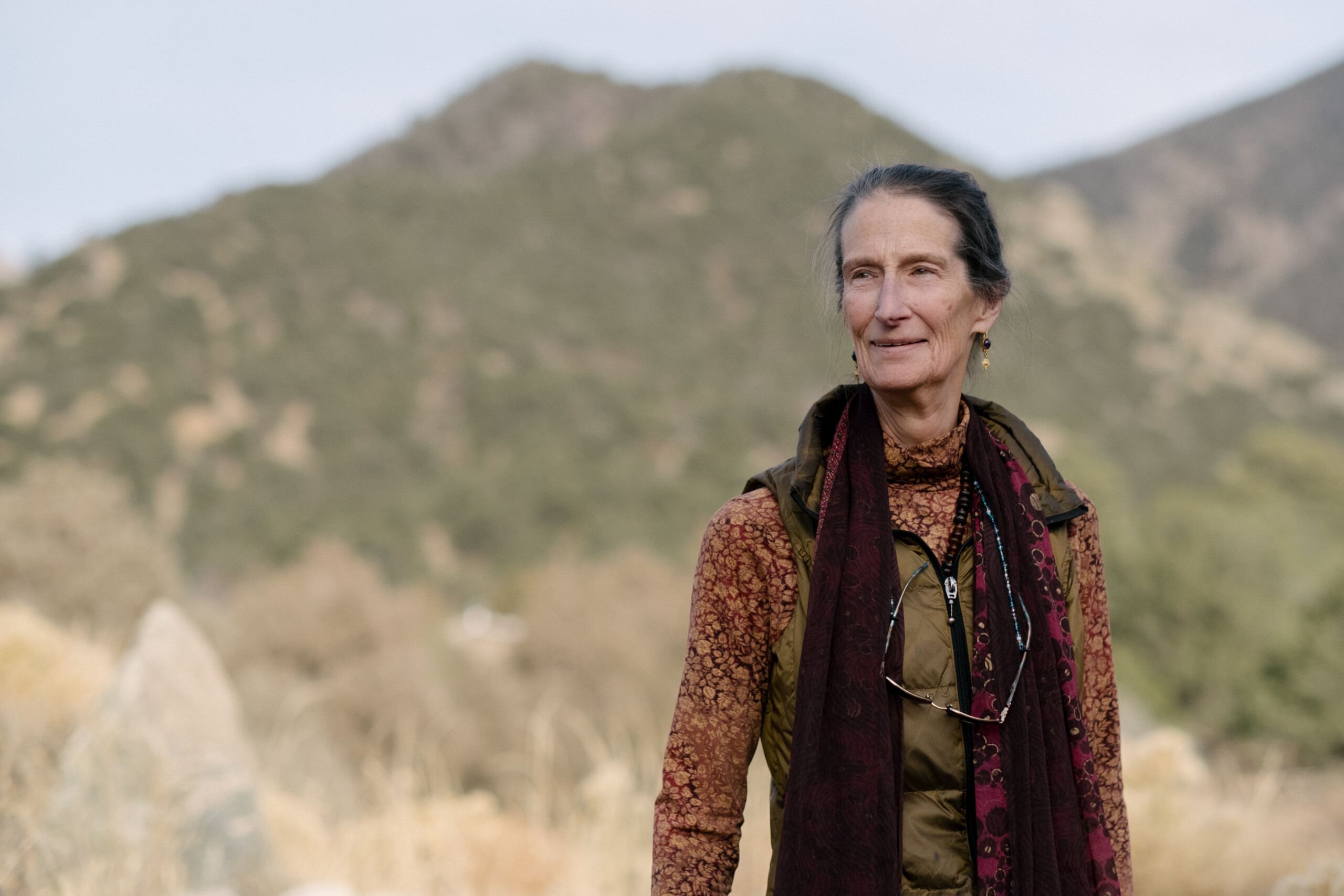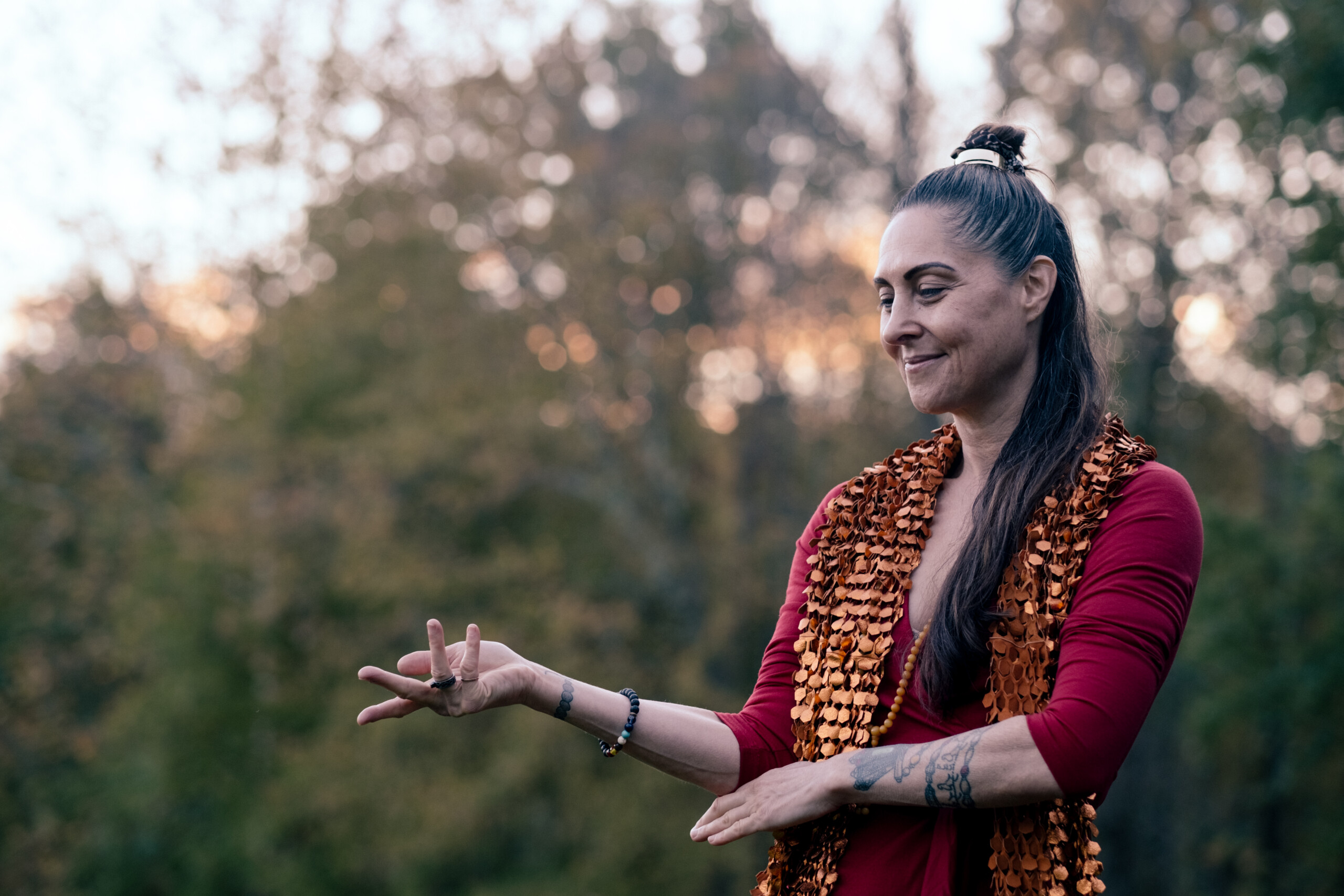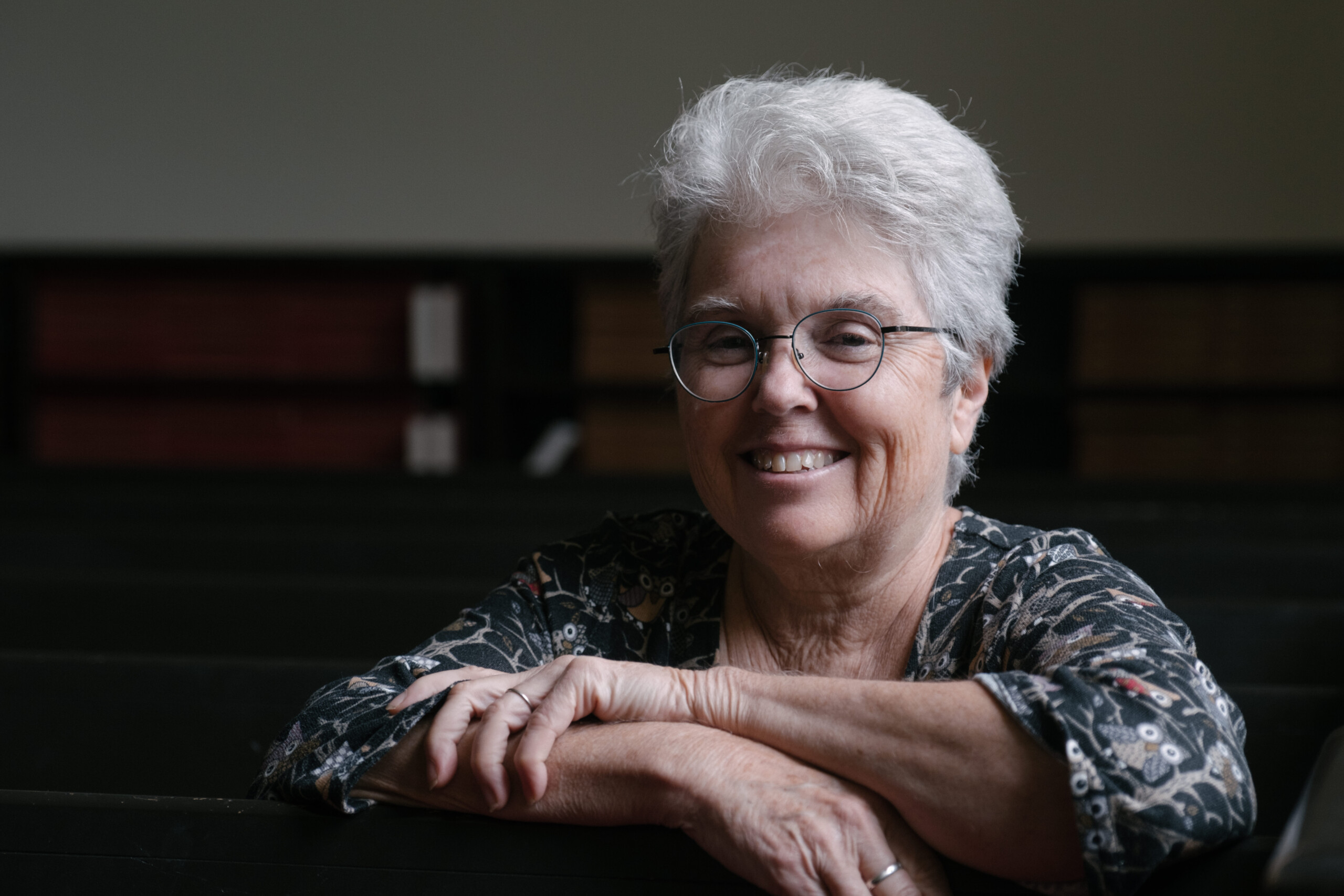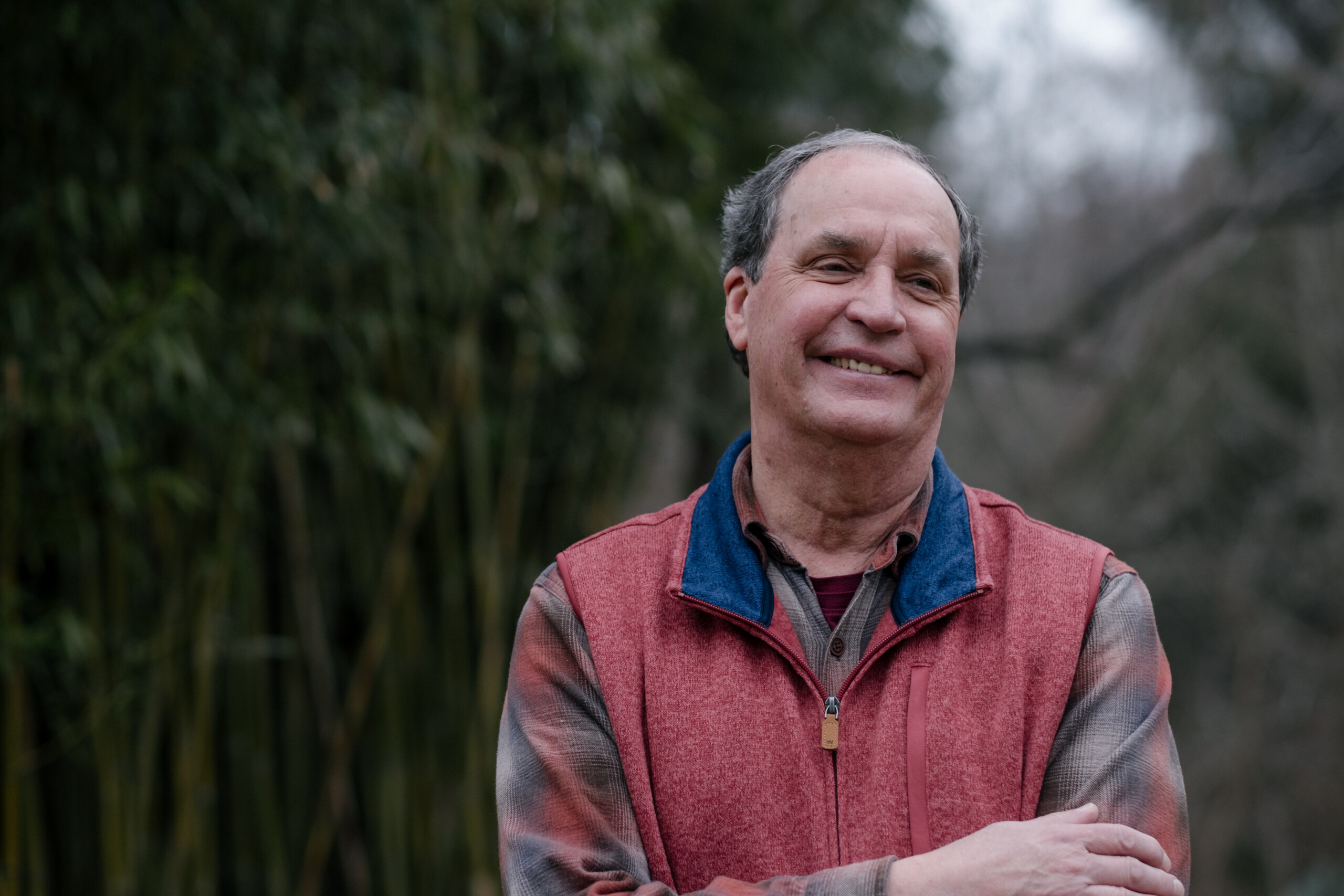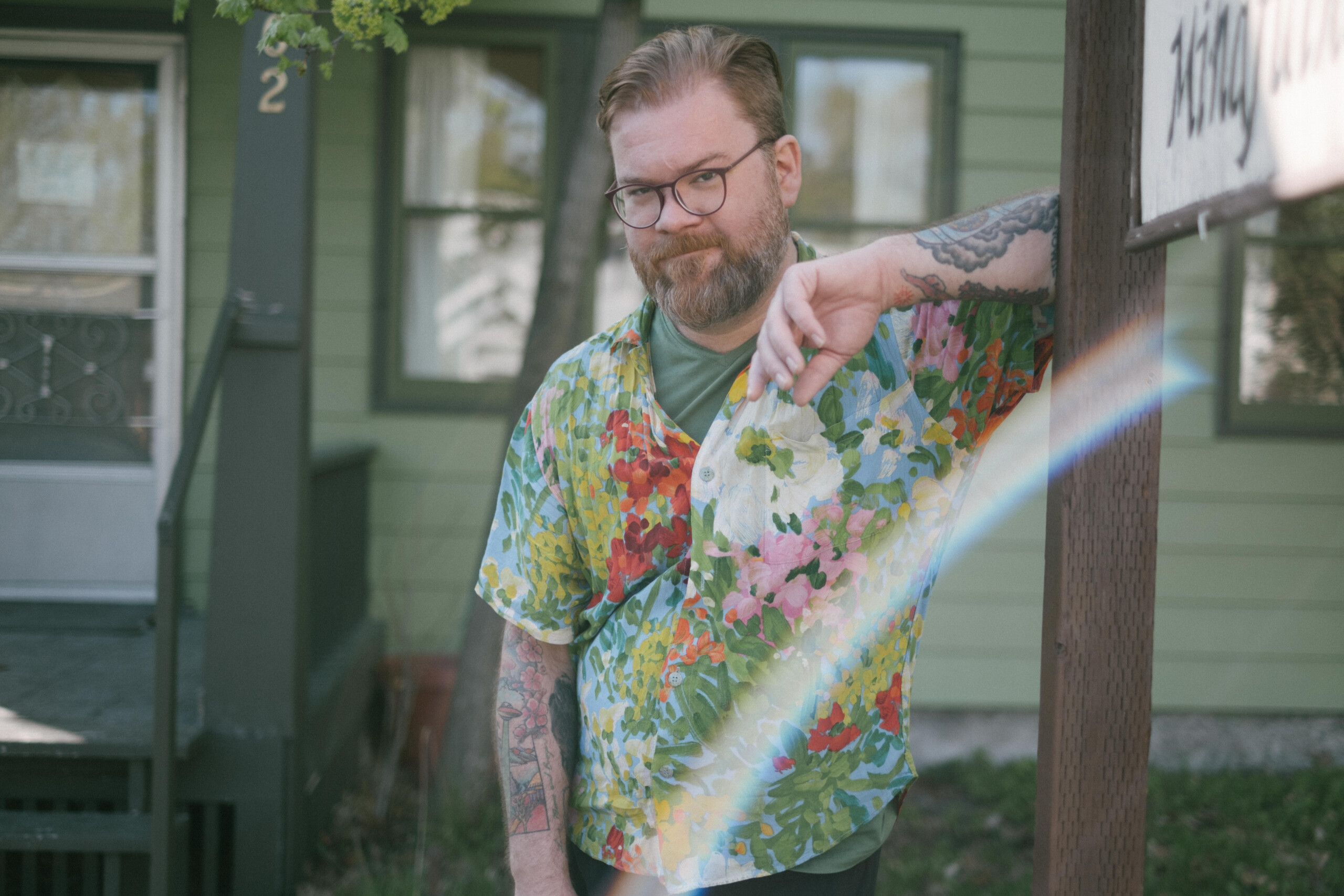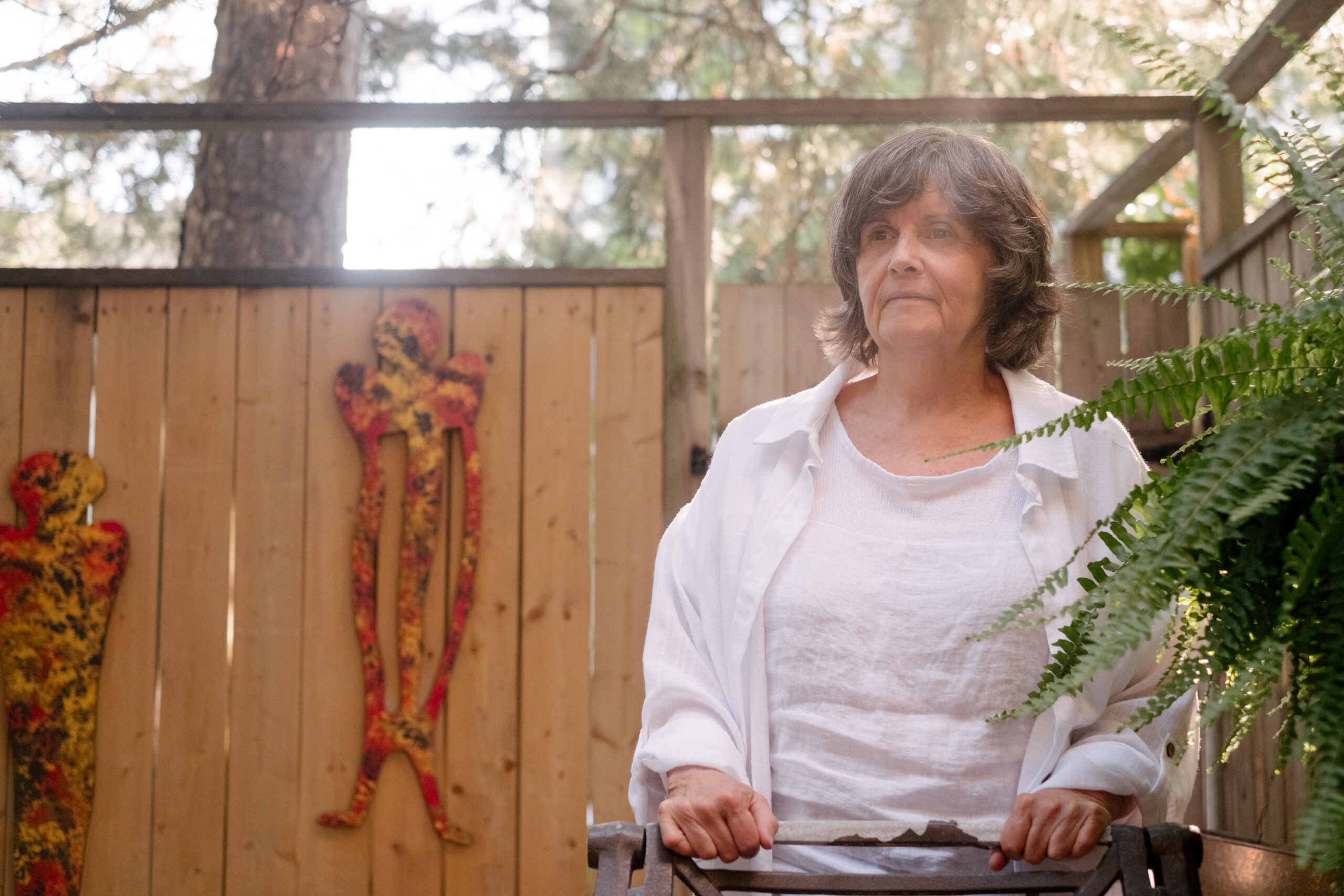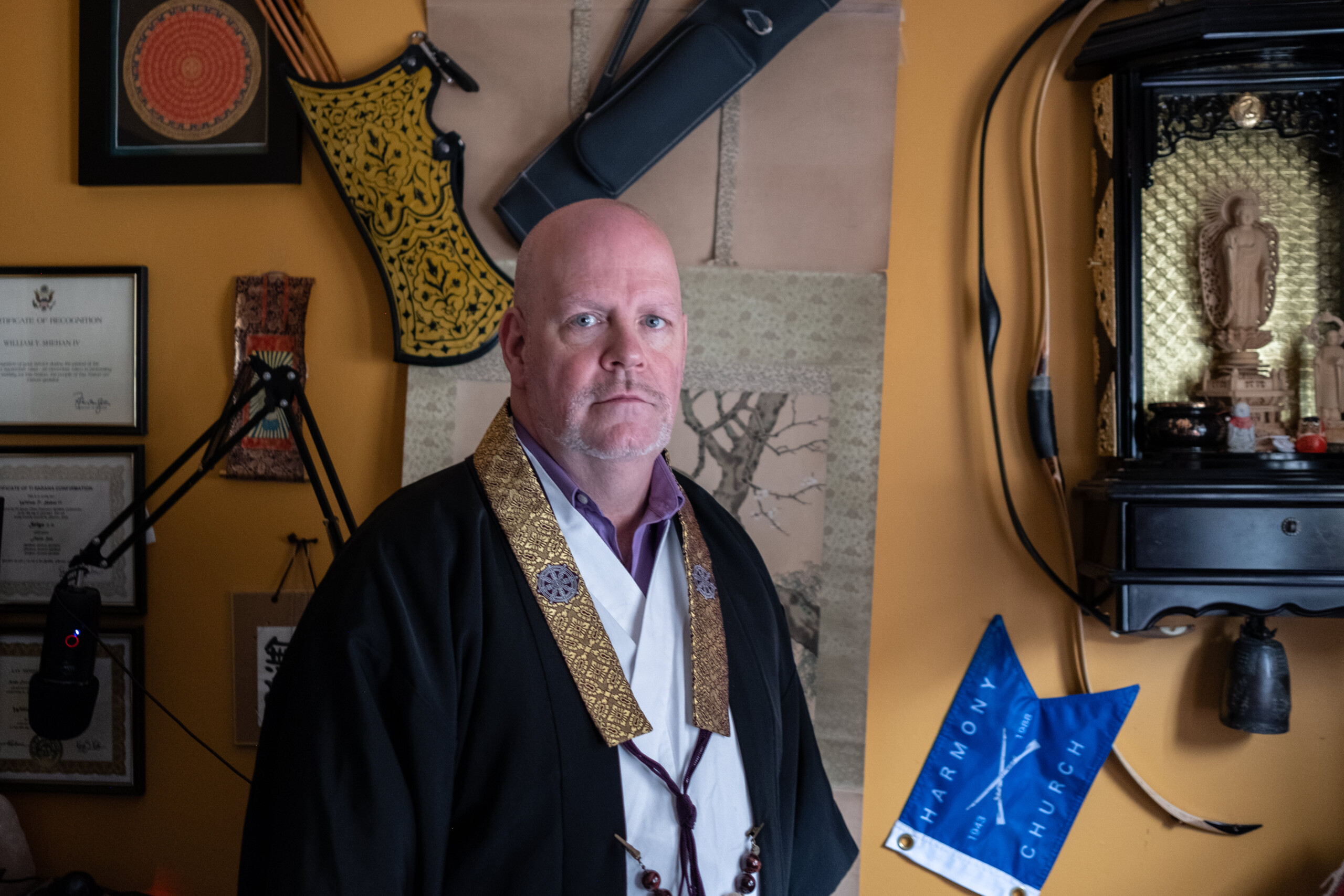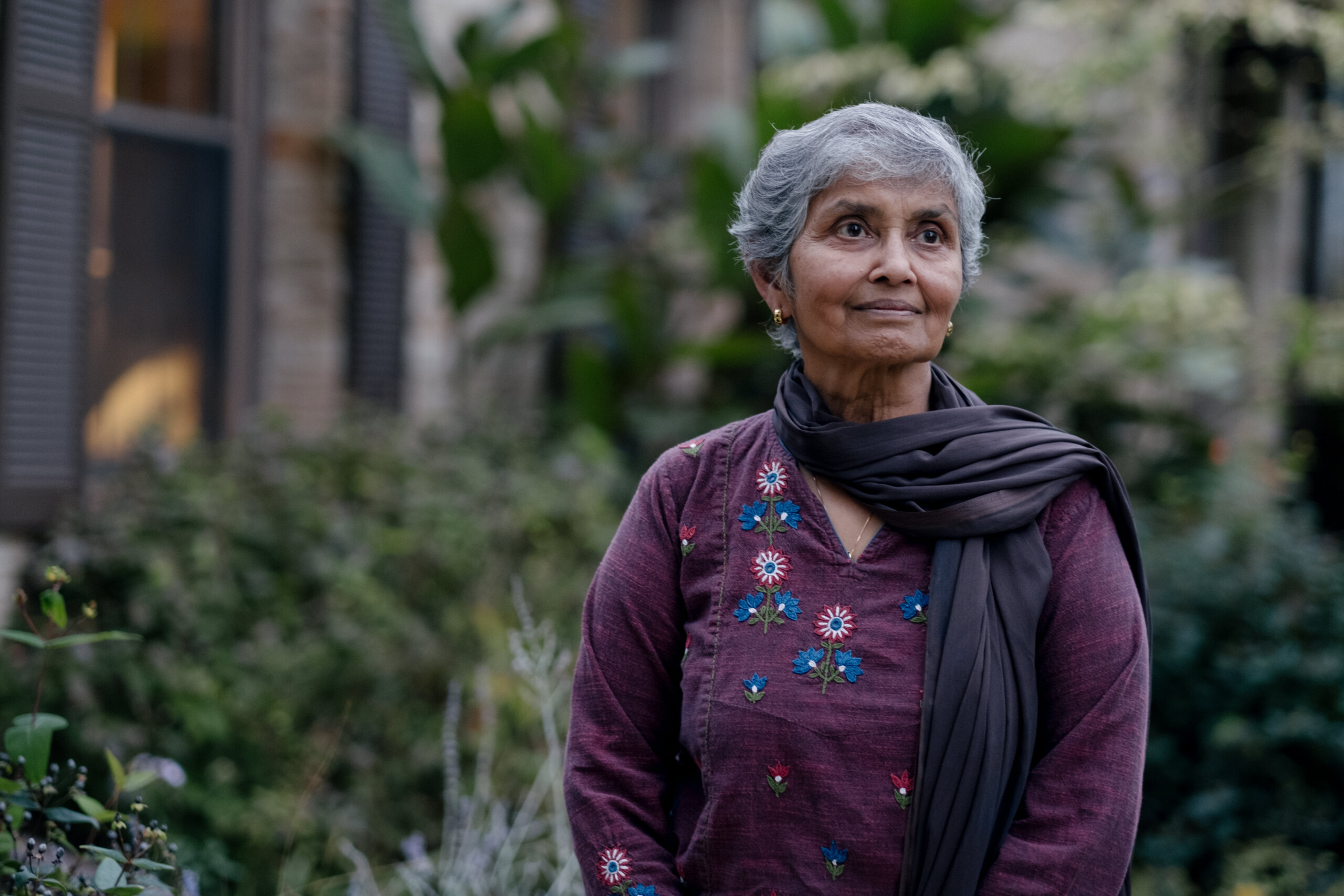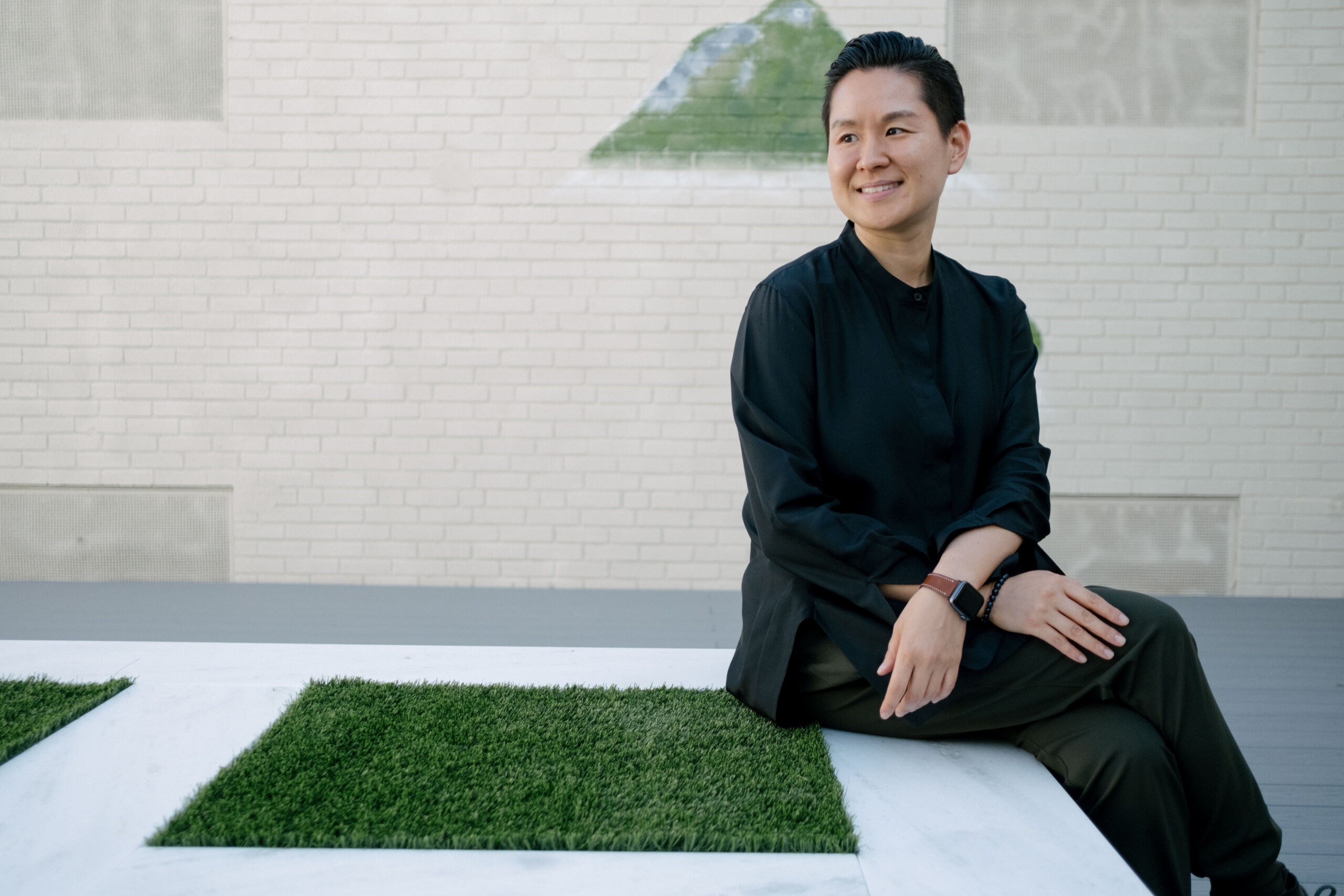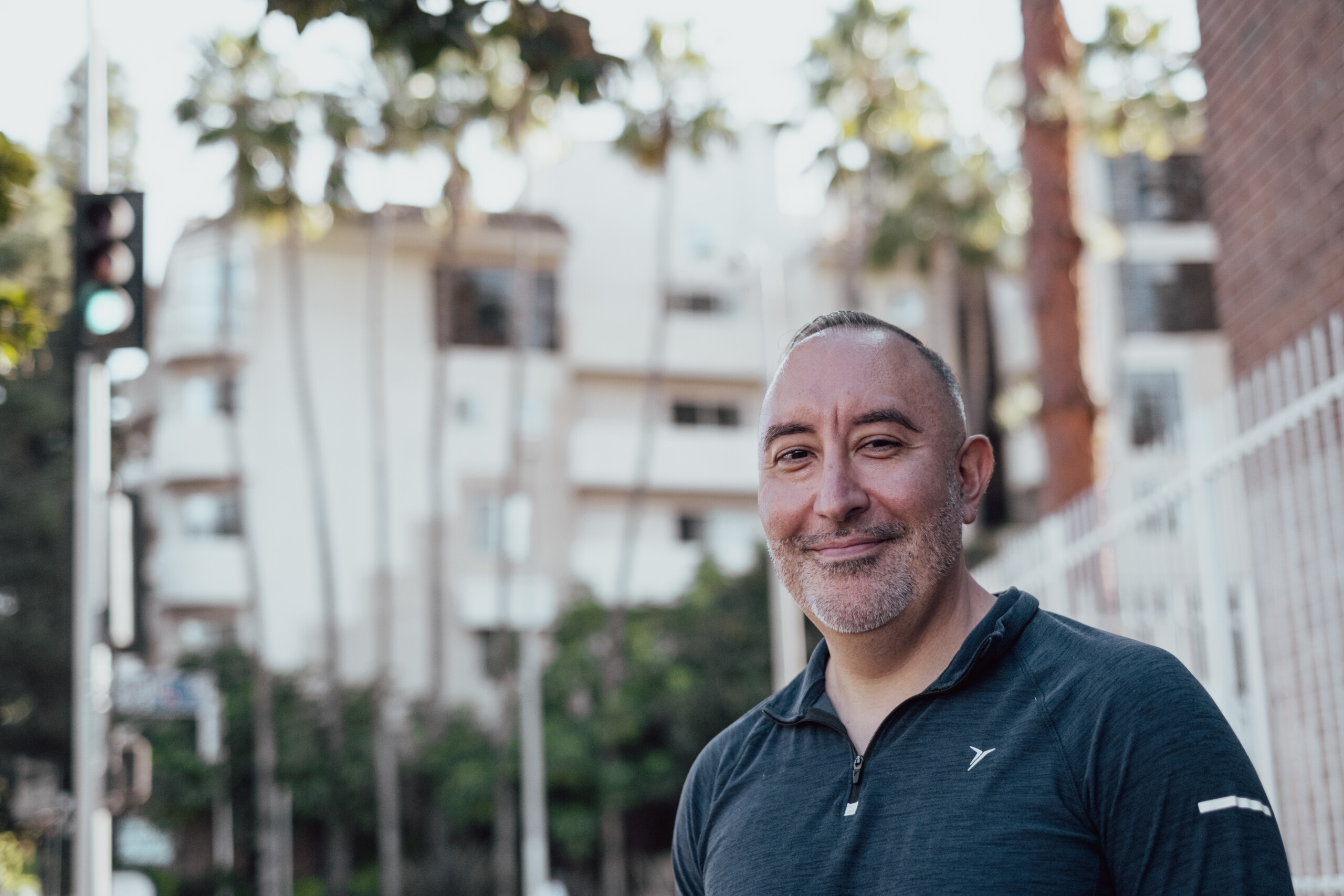Background
In the narrative of Zen Master Ji Haeng, the journey unfolds from the bustling stages of the music world to the tranquil realms of Zen practice. From his beginnings as a skilled musician, sharing the spotlight with icons like Frank Sinatra and Aretha Franklin, to his eventual immersion in the serene landscape of Zen, the story is one of profound transformation.
Set against the backdrop of Las Vegas, Nevada, where the glitz and glamour of show business collide with the quietude of meditation, Ji Haeng’s tale traces his evolution from seeking solace amidst the chaos of his musical career to finding profound insights in the practice of Zen.
Through introspective practices such as breathwork and mindfulness, Ji Haeng discovers a newfound clarity and peace amidst life’s frenetic pace. Guided by Zen teachings, he comes to understand the transient nature of existence and the liberation that comes from relinquishing attachment to the ever-changing narratives of life.
In recounting his personal odyssey, Ji Haeng invites readers to embark on their own journey of self-discovery and spiritual growth. Through his experiences, he shares the wisdom gained from a lifetime of seeking, offering a roadmap to finding serenity in the midst of life’s uncertainties.
Journey
Zen Master Ji Haeng embarked on a journey of spiritual exploration, seeking deeper insights beyond mere calmness and equanimity. He attended meditation retreats, including those led by Maitzumi Roshi in Los Angeles and Zen master Sung San in Dharma Zen Center. Through interactions with these masters and observing their demeanor, he found inspiration in their simplicity, kindness, and adherence to precepts.
Reflecting on his reading of Zen texts, he discerned between mere words and genuine experiential wisdom, drawing lessons from teachers like Gempo in Salt Lake City. He embraced the precepts not as restrictive rules but as guiding principles for clear life direction and compassionate action.
Zen Master Ji Haeng emphasized the importance of mindfulness in daily life, exemplified by simple acts like returning lost items. He advocated for ethical choices, such as abstaining from causing harm to sentient beings, and highlighted the interconnectedness of all life.
His practice centered on cultivating inner poise and clarity, enabling him to respond to life’s challenges with equanimity and compassion. Through the discipline of daily meditation, he gradually uncovered and released attachments, embracing the wisdom of letting go of self-reference and desire.
In essence, Zen Master Ji Haeng’s journey exemplifies the path of self-discovery and transformation through mindful awareness and ethical living, embodying the timeless teachings of Zen.
Adapting to West
Several years ago, Zen Master Ji Haeng encountered a unique opportunity through a Hollywood producer who arranged for a teaching session with a Rinpoche, a revered figure in Tibetan Buddhism. During the event, Ji Haeng, out of respect, wore his gray robe and found himself unexpectedly appointed as the rim poché’s attendant for the weekend.
Throughout the retreat, filled with Dharma talks, Ji Haeng diligently served, embodying the role of a novice monk, offering tea and assistance. However, with a commitment to his Zen meditation practice, Ji Haeng found himself needing to depart early on Sunday morning.
Expressing his need to leave, he was presented with a profound insight from the Rinpoché himself. The Dalai Lama had perceived that the Western mind was too busy, necessitating words and speech to draw them to the practice of Dharma. However, the Rinpoché revealed that in their temple in India, they practiced Zen meditation, similar to Ji Haeng’s own tradition.
This revelation, accompanied by a symbolic white scarf, underscored the universality of meditative practice across traditions and the recognition of the inner stillness sought amidst the busyness of the modern mind. Ji Haeng was deeply moved by this encounter, finding resonance in the shared pursuit of inner peace beyond cultural and linguistic boundaries.
Advice
Zen Master Ji Haeng emphasizes the centrality of meditation and commitment, asserting that it should serve as the foundation for all endeavors. Drawing from personal experience, he highlights how meditation became the cornerstone of his music practice, ensuring focused preparation and performance.
He advocates for a prioritization of this inner stillness above all else, suggesting that while engaging in various activities is permissible, they should all stem from a rooted, centered state of being. By cultivating a steadfast center, individuals can pursue multiple interests while remaining grounded and focused, finding fulfillment in each pursuit.
Ji Haeng’s advice underscores the importance of maintaining a steady connection to the present moment through meditation, enabling one to navigate life’s complexities with clarity and purpose.
Suffering
Zen Master Ji Haeng reflects on his personal health challenges, including impending hip replacement surgery and a recent cancer diagnosis. Despite the difficulties, he embraces these experiences as opportunities for growth and learning.
He shares how cancer can serve as a profound teacher, reminding Zen students of the impermanence of life. Drawing from his Zen teachings, he compares bodies to rental cars, emphasizing their temporary nature. Witnessing the suffering of young cancer patients further reinforces this lesson of impermanence.
Accepting his health challenges with equanimity, Ji Haeng finds peace in the understanding that life and death are natural processes. He quotes an ancient Chinese poem to illustrate the fleeting nature of existence. Embracing impermanence, he transcends feelings of self-pity or injustice, recognizing the freedom that comes with releasing attachments.
Ultimately, Ji Haeng finds solace in the continuous flux of life, understanding that everything is in constant motion and change. Through acceptance and detachment, he embodies the teachings of Zen, finding liberation in the midst of physical adversity.
Letting go
Zen Master Ji Haeng shares a poignant teaching about the earnest pursuit of enlightenment through a parable. In this story, a student approaches the Master with fervent determination, expressing a willingness to do anything to attain enlightenment. The Master, recognizing the student’s earnestness, assigns him a mundane task akin to Huineng’s experience.
However, the student returns disappointed, seeking a faster path to enlightenment. Despite the Master’s attempts to convey the need for patience and letting go of expectations, the student remains fixated on achieving enlightenment within a certain timeframe.
The Master, understanding the pitfalls of such desires, extends the student’s journey by adding more years. He highlights the importance of relinquishing all attachments, including the desire for enlightenment itself, as depicted in the Heart Sutra’s teaching of “No attainment with nothing to attain.”
Ji Haeng underscores the necessity of letting go of all expectations and desires, allowing enlightenment to unfold naturally without preconceived notions. He emphasizes the unpredictability of the journey and the importance of surrendering to the flow of the universe, where enlightenment finds its rightful recipient in due time.
Tools
Zen Master Ji Haeng reflects on the importance of sound in meditation practice, sharing a story of a Master who instructed a student to enter the practice through the sense of hearing. He emphasizes the significance of listening to sounds as a means of anchoring oneself in the present moment, highlighting the ever-changing nature of auditory stimuli.
Drawing parallels between various meditation techniques, Ji Haeng views tools such as mantras and breathwork as expedient means to cultivate mindfulness. However, he warns against reifying these practices into rigid constructs, stressing the importance of remaining present and open to each moment’s teachings.
Ji Haeng introduces the concept of “wato,” or self-inquiry, suggesting questions like “Who is it that’s dragging this dead corpse around?” as contemplative tools. He encourages a deep understanding of interconnectedness and impermanence, advocating for a mindful approach to daily activities, such as eating, as a means of cultivating presence and appreciation.
Fruits of Practice
Zen Master Ji Haeng reflects on the universality of spiritual concepts across cultures, citing examples such as Samadhi and Prajna. He emphasizes the importance of cultivating presence through meditation practice, allowing wisdom to arise naturally from the state of focused awareness.
Encouraging consistent meditation as a daily ritual, Ji Haeng underscores the significance of being fully present in each moment, whether in formal practice or daily activities. He stresses the value of listening deeply and responding with compassion, drawing inspiration from Bodhidharma’s teaching tradition of “How may I help you?”
Discussing the journey of self-discovery and the illusion of the ego, Ji Haeng advocates for a mindful approach to life, free from attachment to constructs and ideologies. He highlights the interconnectedness of all beings and the importance of stewardship rather than dominion over the Earth.
Expressing concern for environmental issues, Ji Haeng urges individuals to take responsibility within their own spheres of influence, emphasizing the power of being present and acting with compassion in each moment. He calls for a shift in focus towards meaningful engagement with the world around us, rather than getting caught up in political distractions.
Teaching in the West
Zen Master Ji Haeng reflects on his evolution as a teacher, recognizing the need to adapt his approach to meet the diverse needs of students. He shares insights into his teaching methodology, including his decision to postpone Koan work for newer practitioners until they establish a foundation in meditation practice.
Drawing from Zen stories and personal anecdotes, Ji Haeng illustrates the importance of transcending dualistic thinking and embracing each moment with mindfulness. He emphasizes the transformative power of formal practices like meditation and prostration bows, highlighting their ability to cultivate inner peace and clarity.
Reflecting on his experiences teaching individuals from various backgrounds, including former lap dancers, Ji Haeng underscores the universality of suffering and the role of spiritual practice in finding stability amidst life’s challenges. He encourages individuals to embrace impermanence and cultivate presence in each moment, drawing inspiration from Zen teachings and personal anecdotes.
Through his teachings, Ji Haeng seeks to guide students towards a deeper understanding of themselves and the nature of reality, emphasizing the importance of finding stillness within amidst life’s fluctuations.
The role of non attachment
Zen Master Ji Haeng introduces a section of ancient calligraphy titled “Just Seeing is Buddha Nature,” offering English translations alongside the original text. He explains the significance of maintaining a mind clear like space and the importance of letting go of external desires and thoughts. Despite the seeming contradiction, he clarifies that allowing the mind to wander without hindrance is key, referencing the Heart Sutra’s concept of non-obstruction. Ji Haeng emphasizes the inherent enlightenment nature when the mind is unclouded by attachments, suggesting a transcendence above the realm of desires into the dwelling place of all Buddhas.




